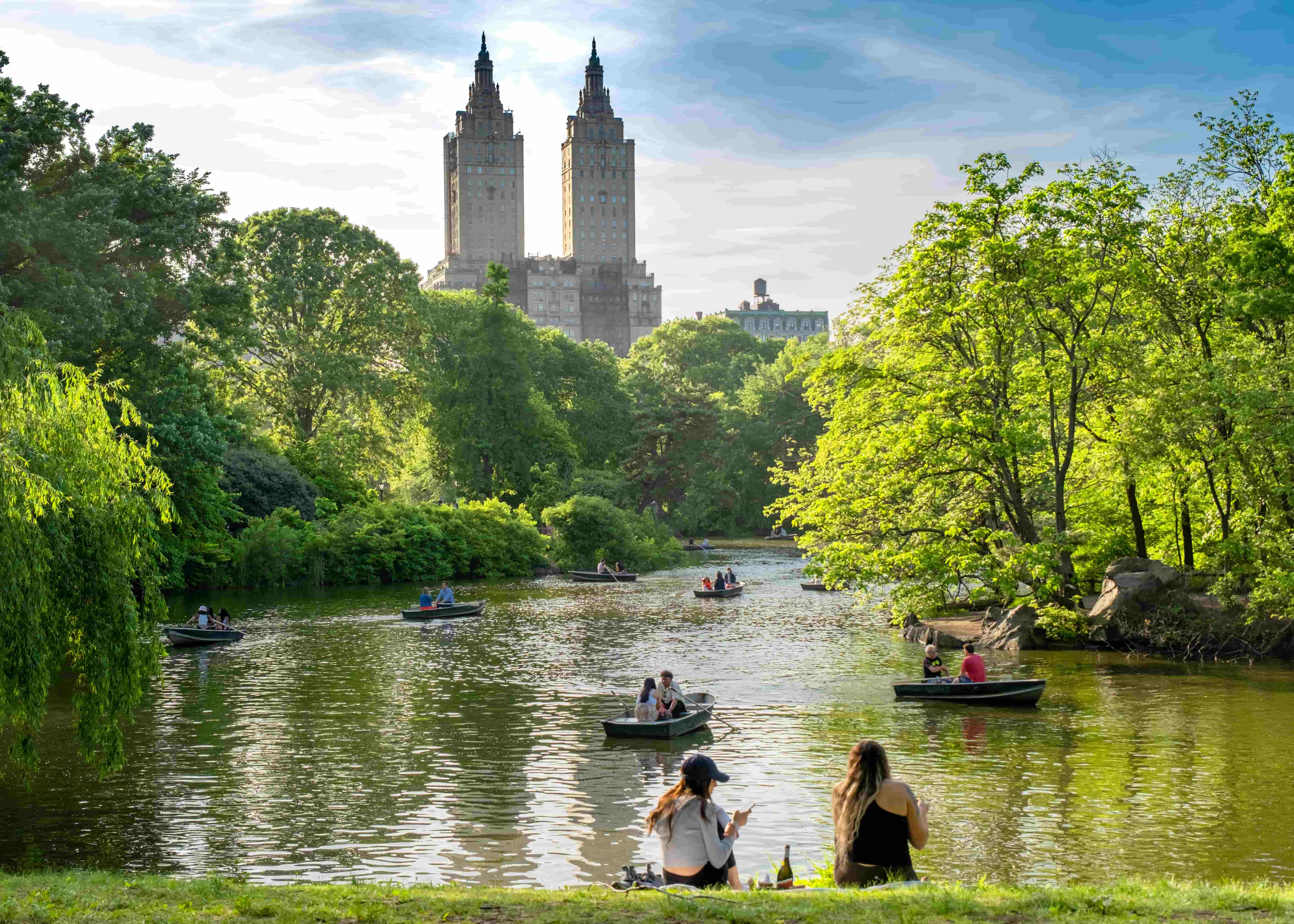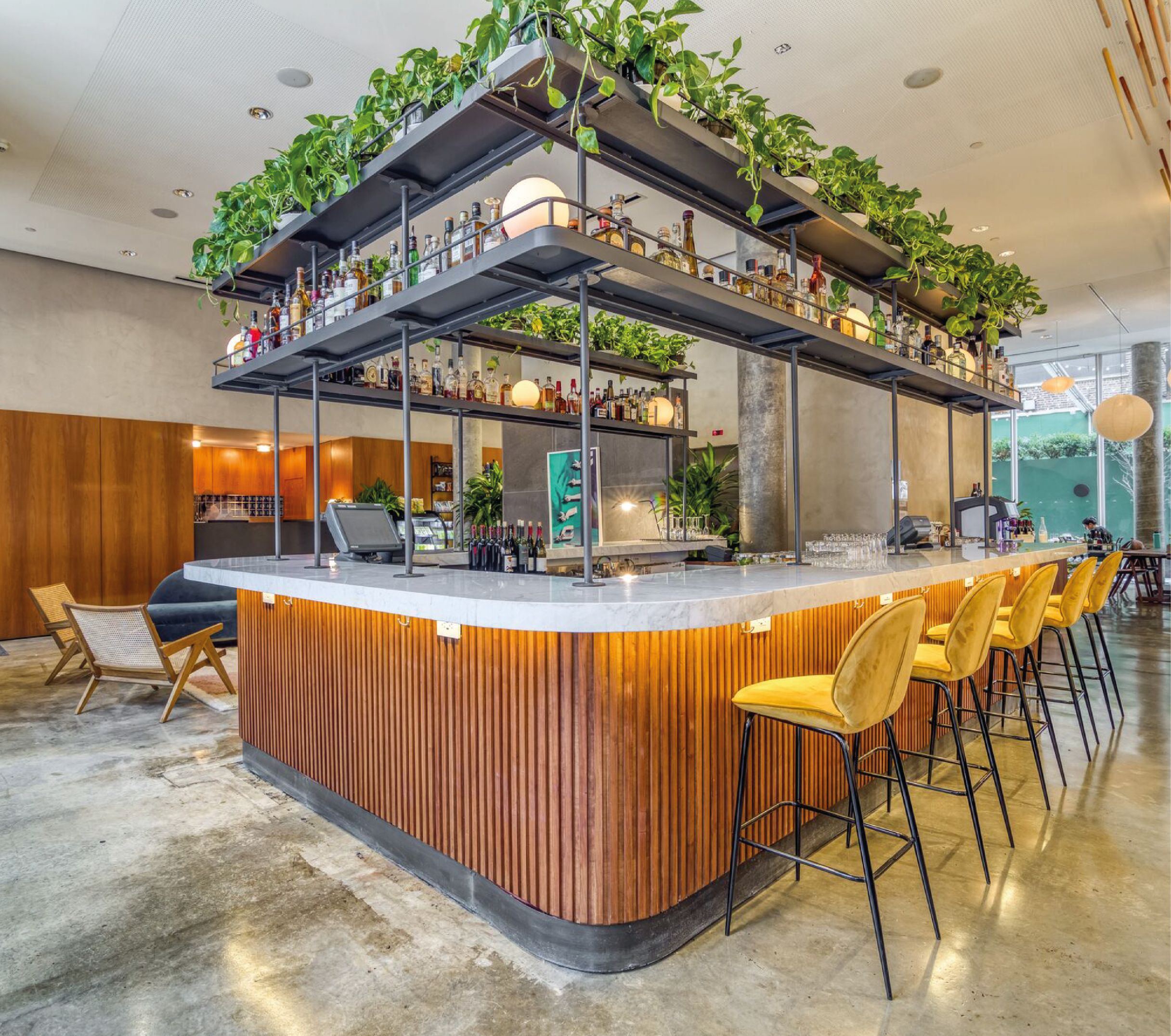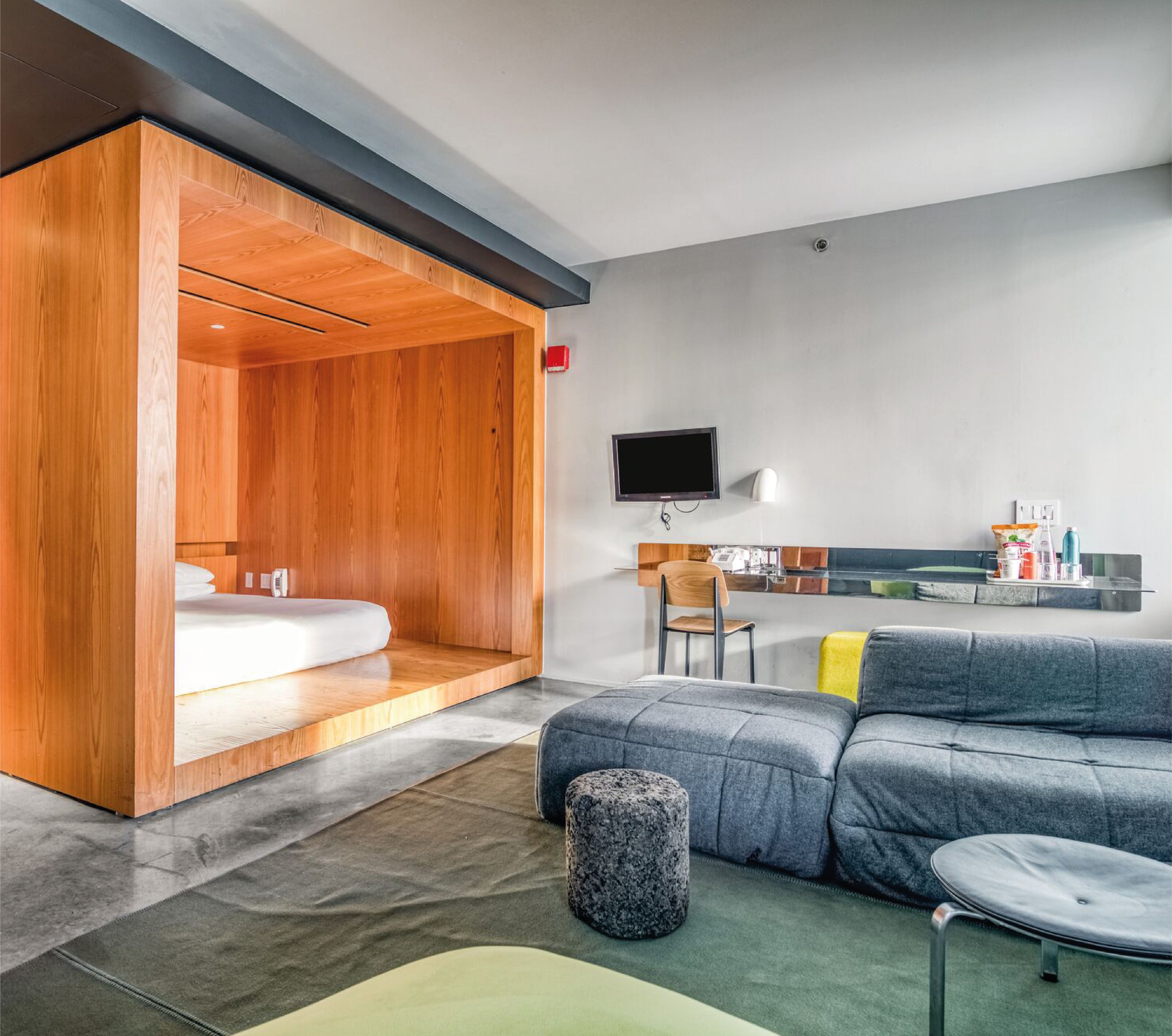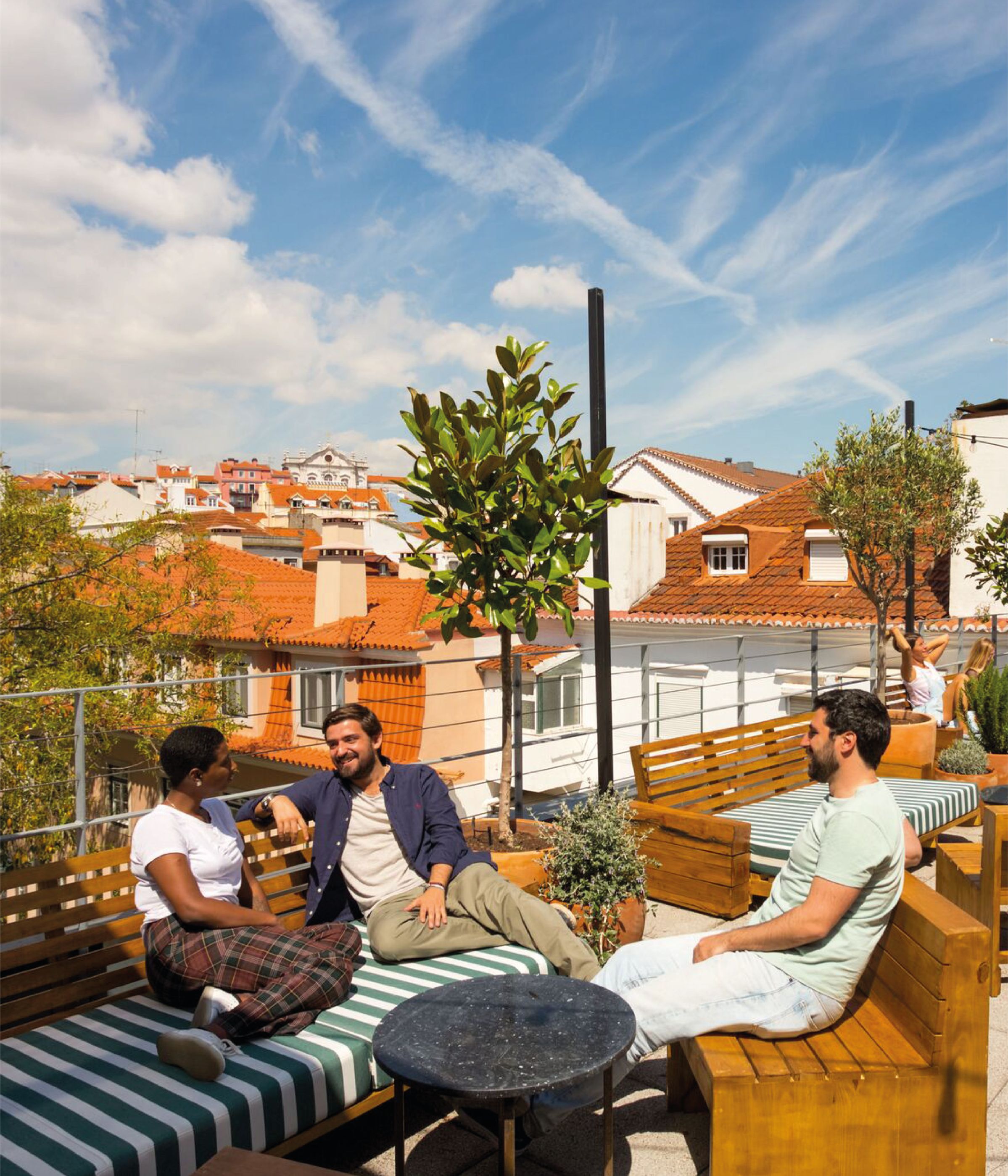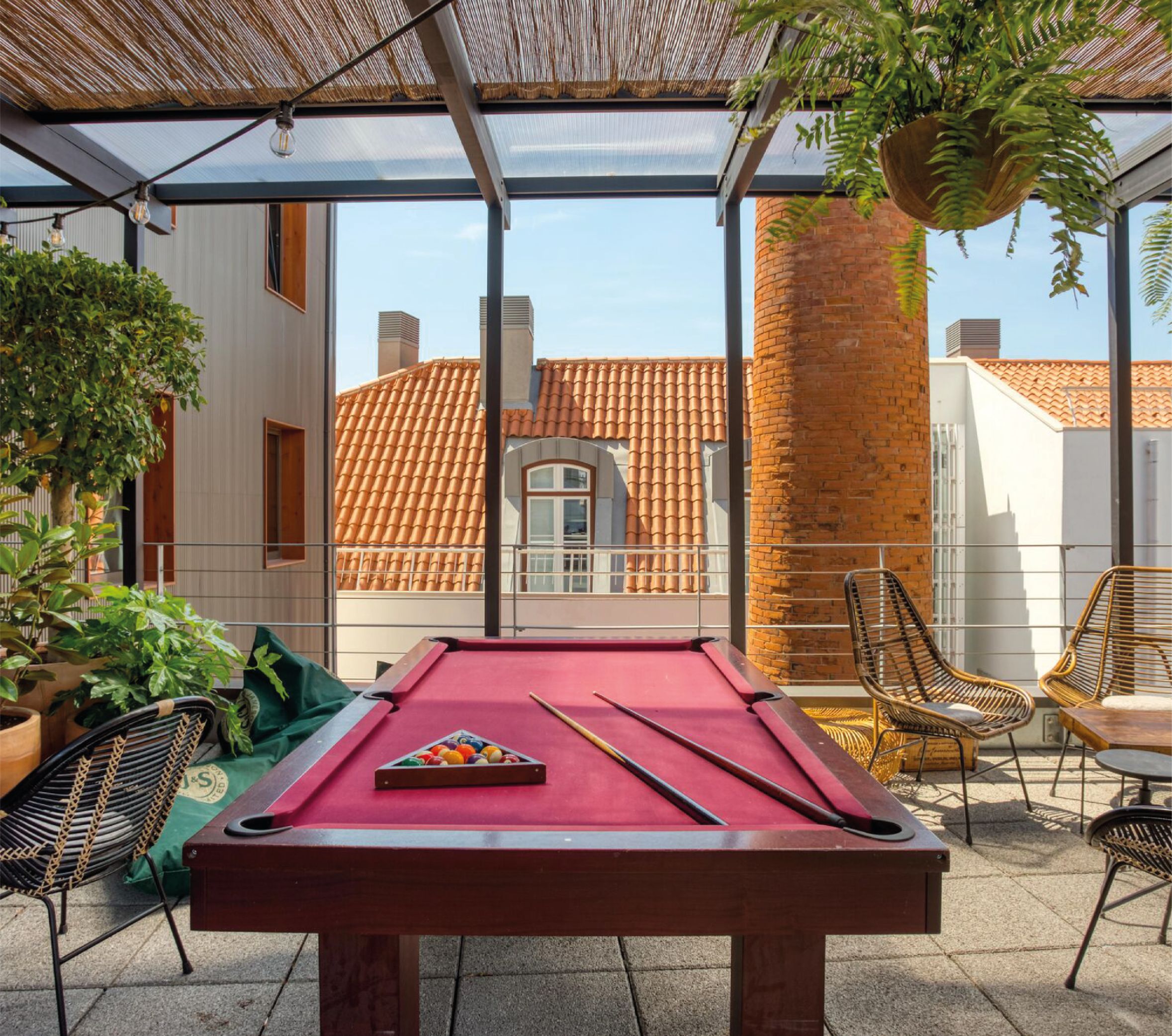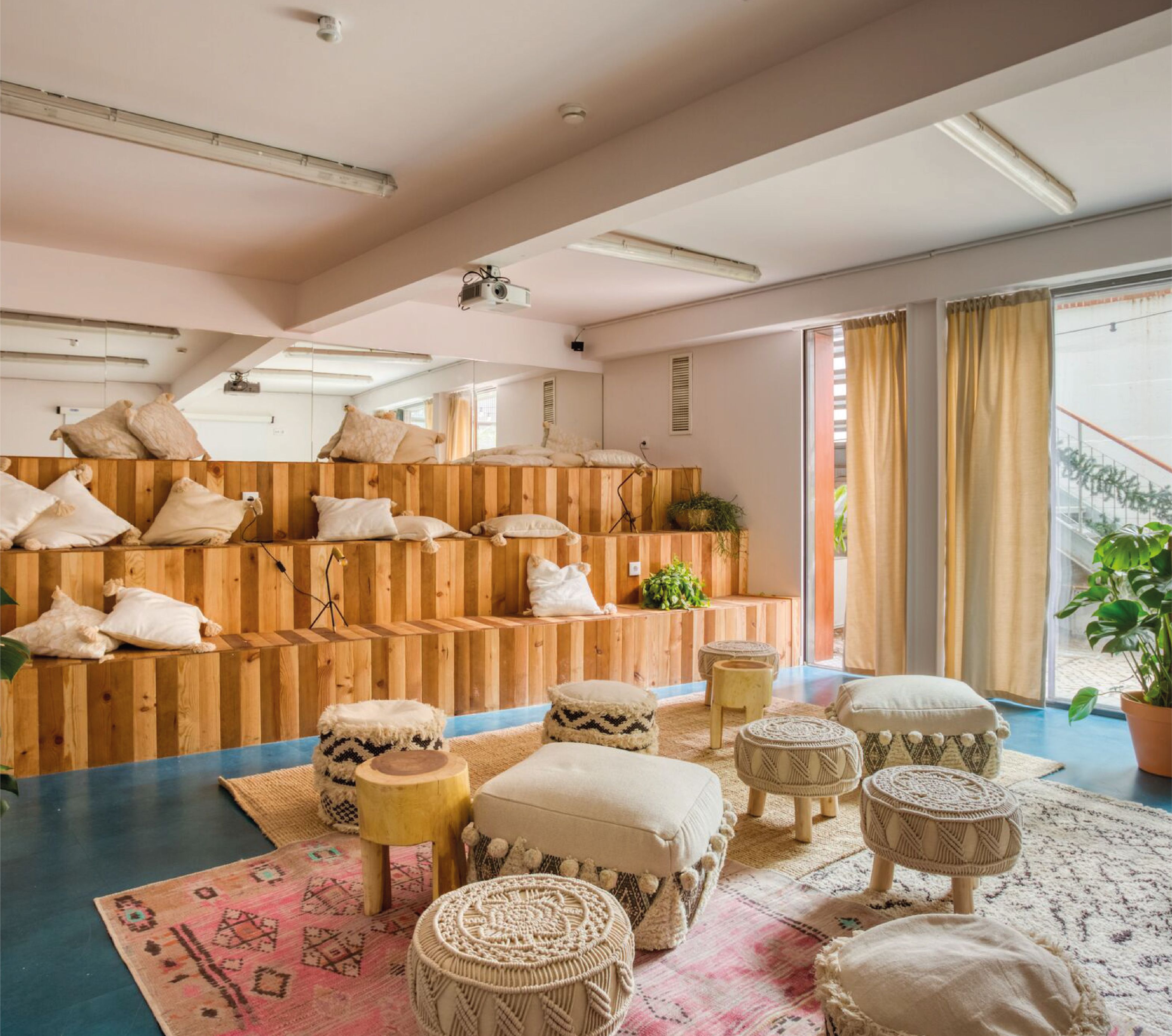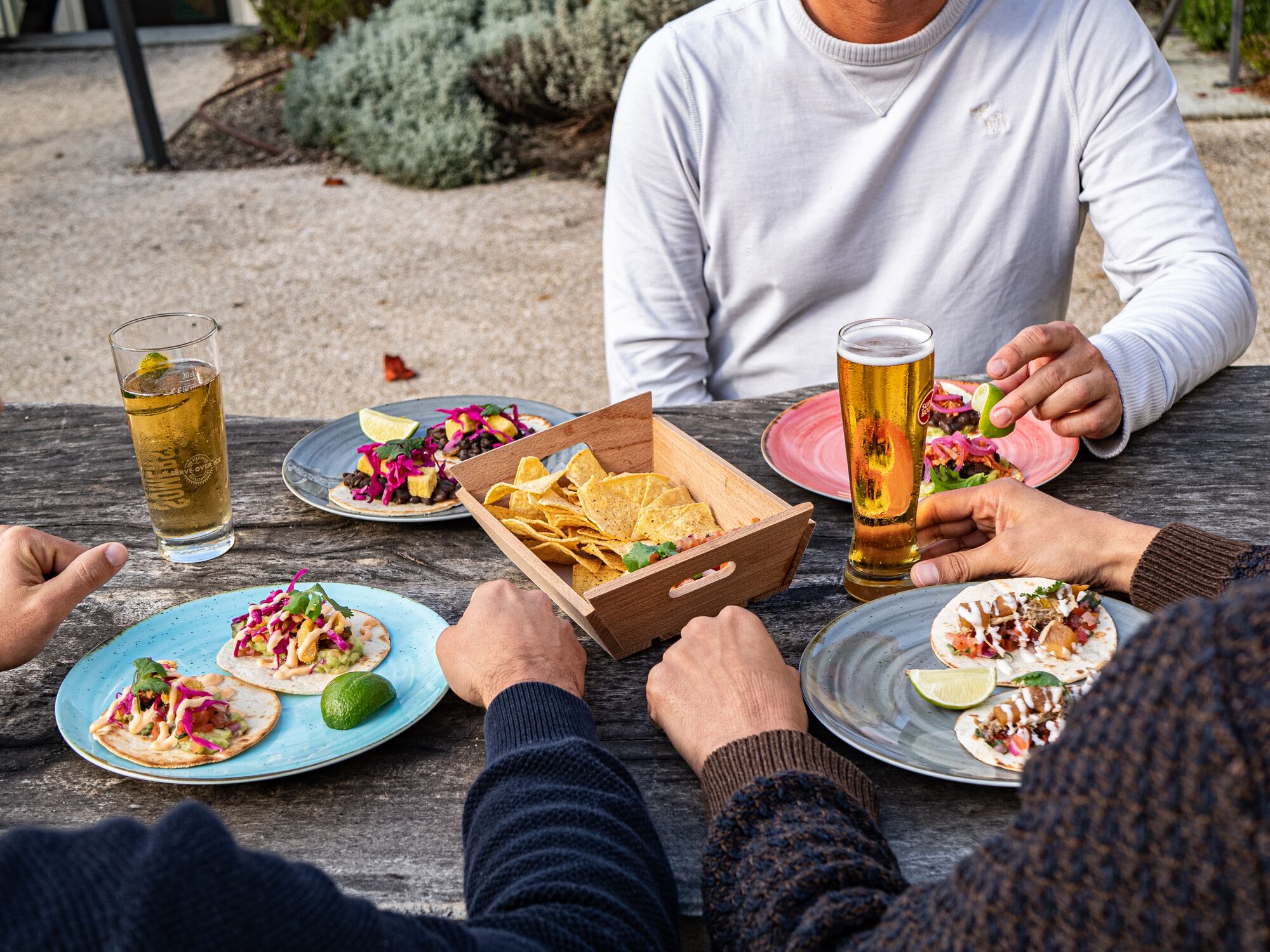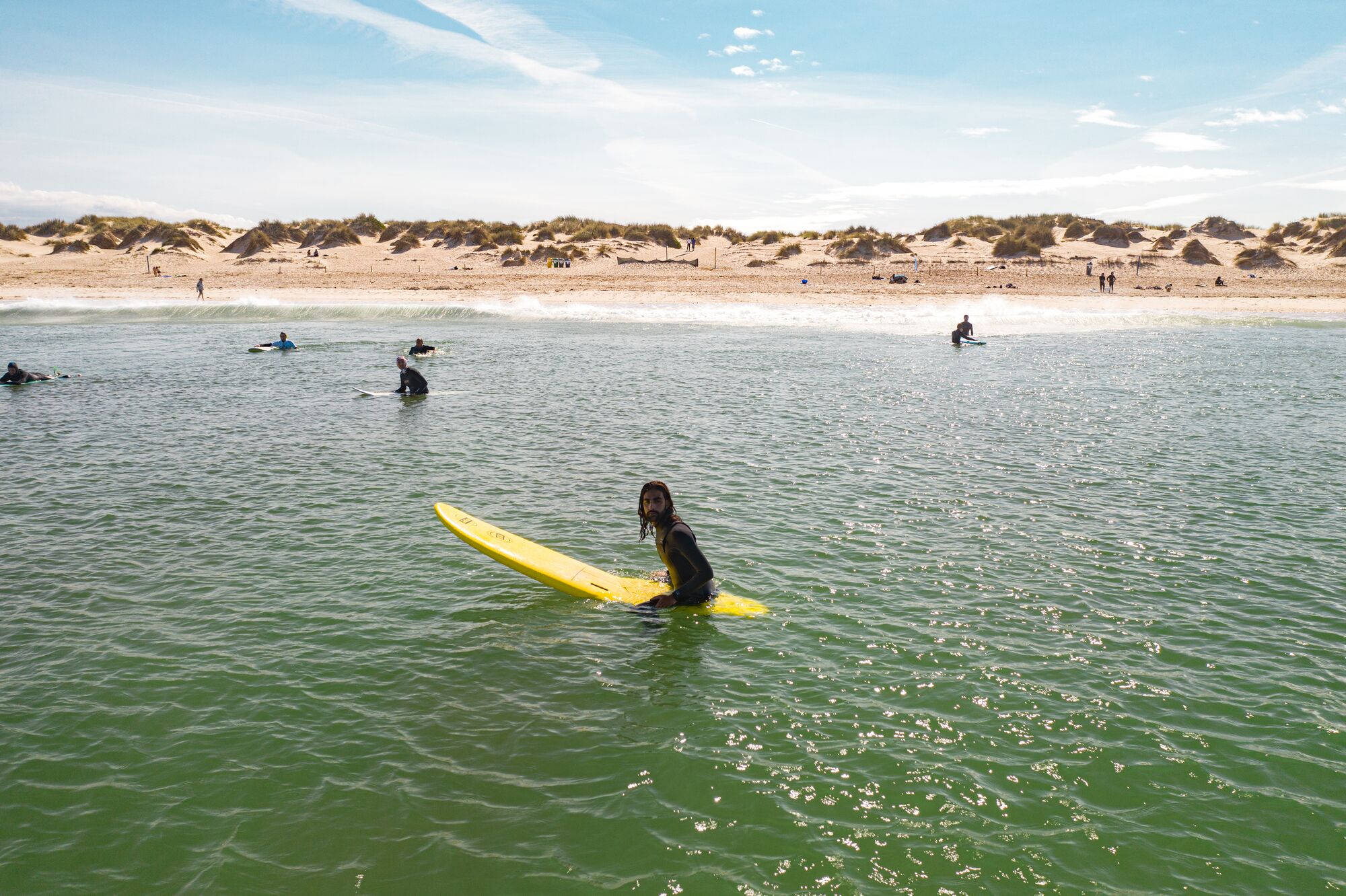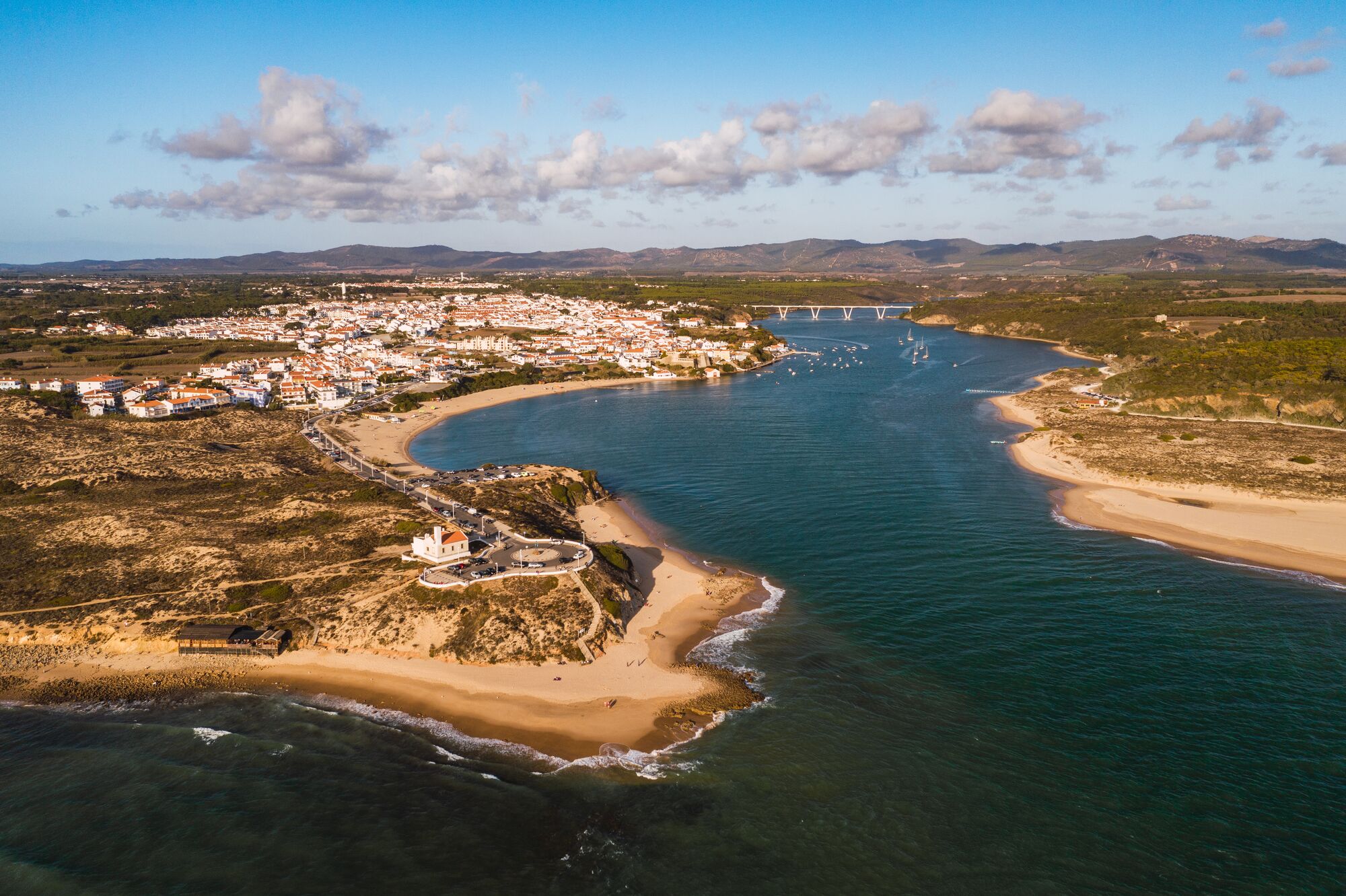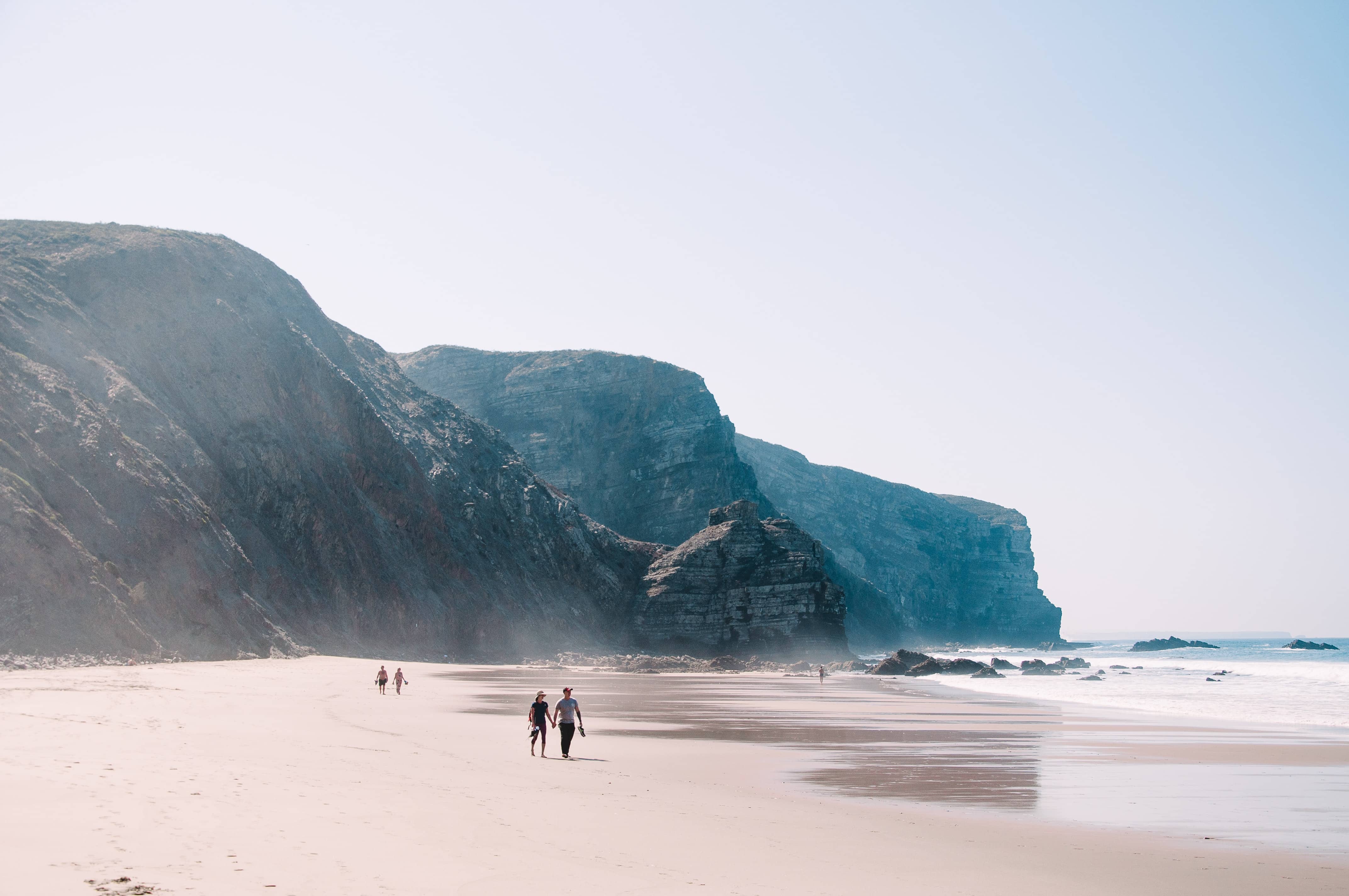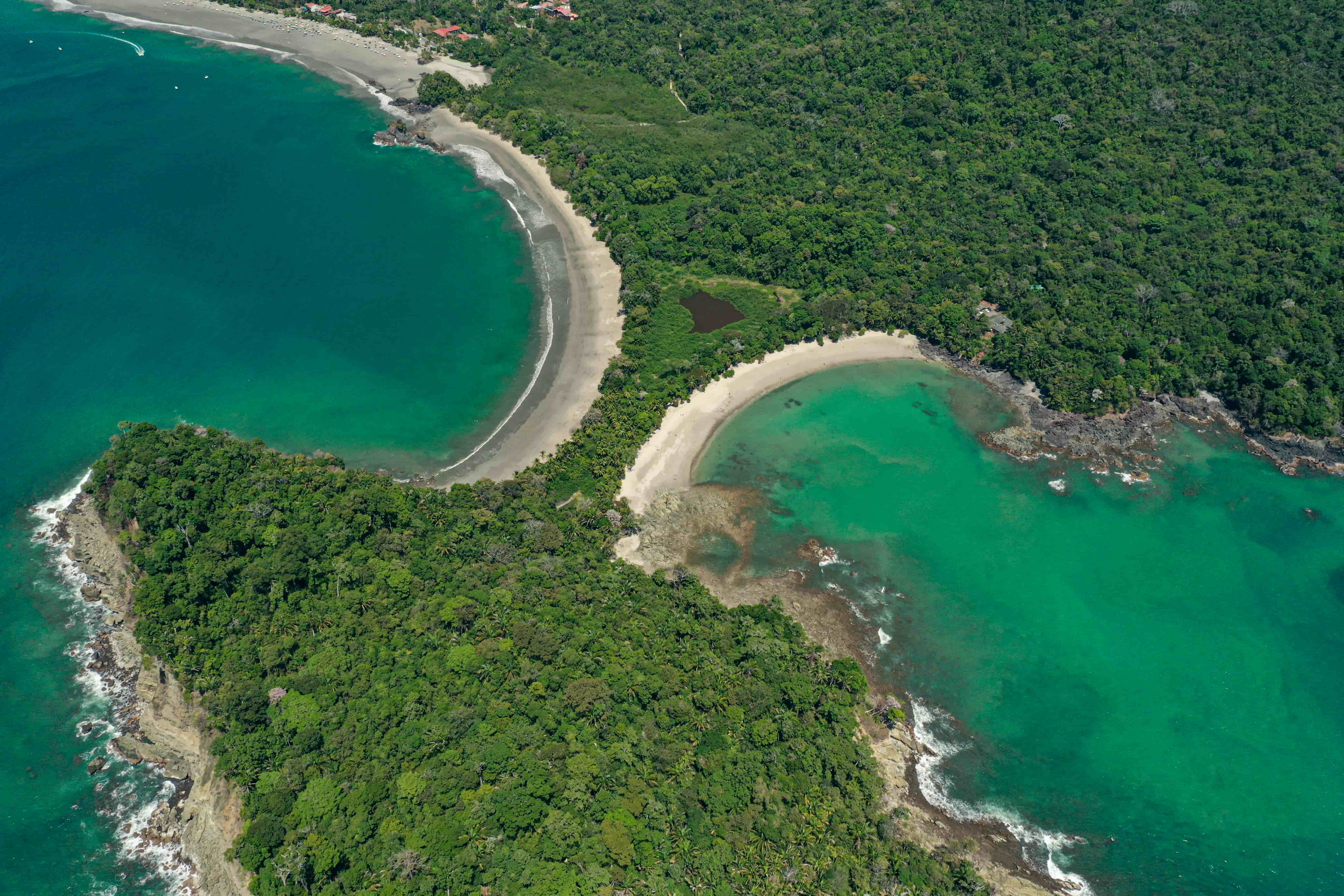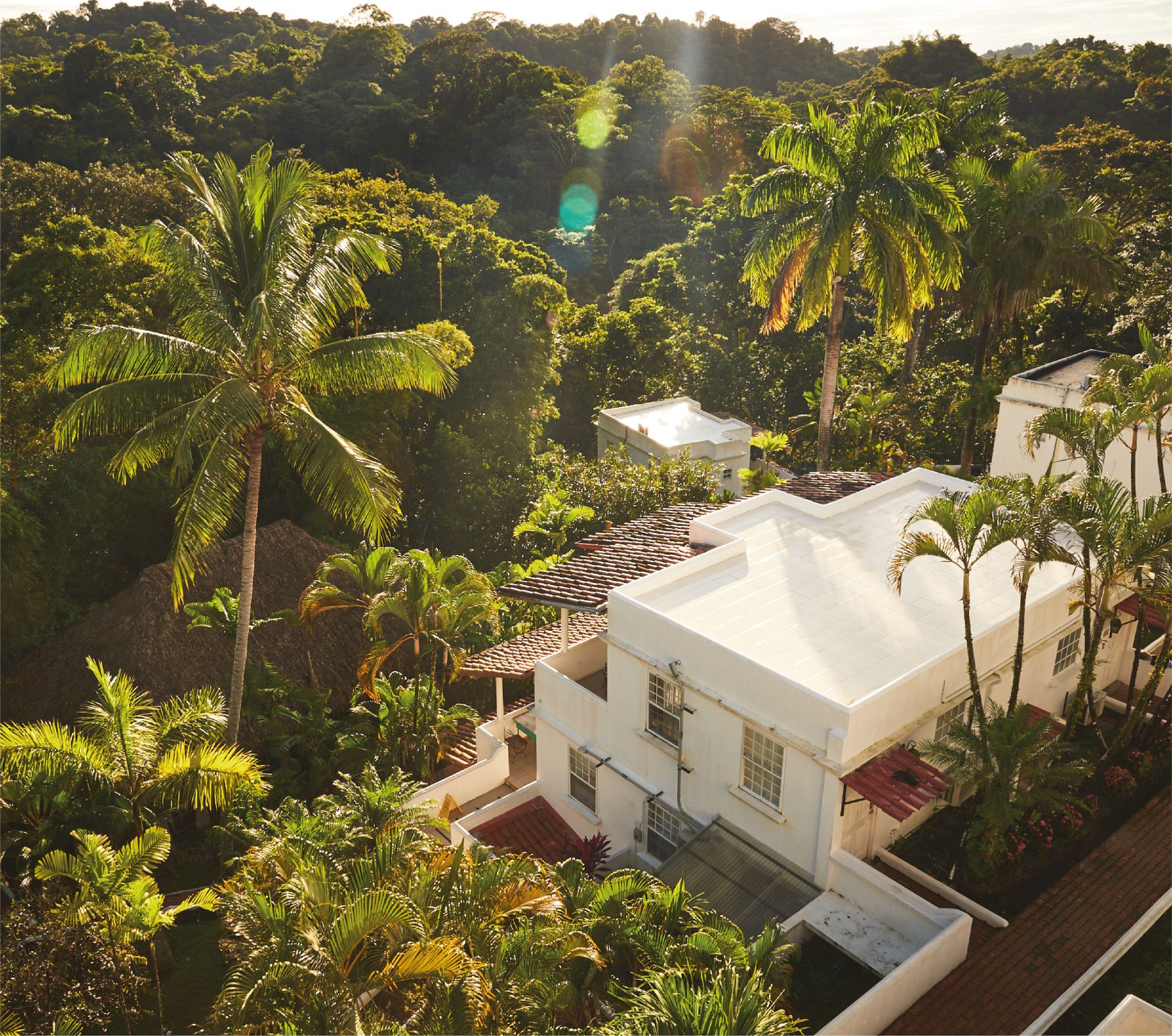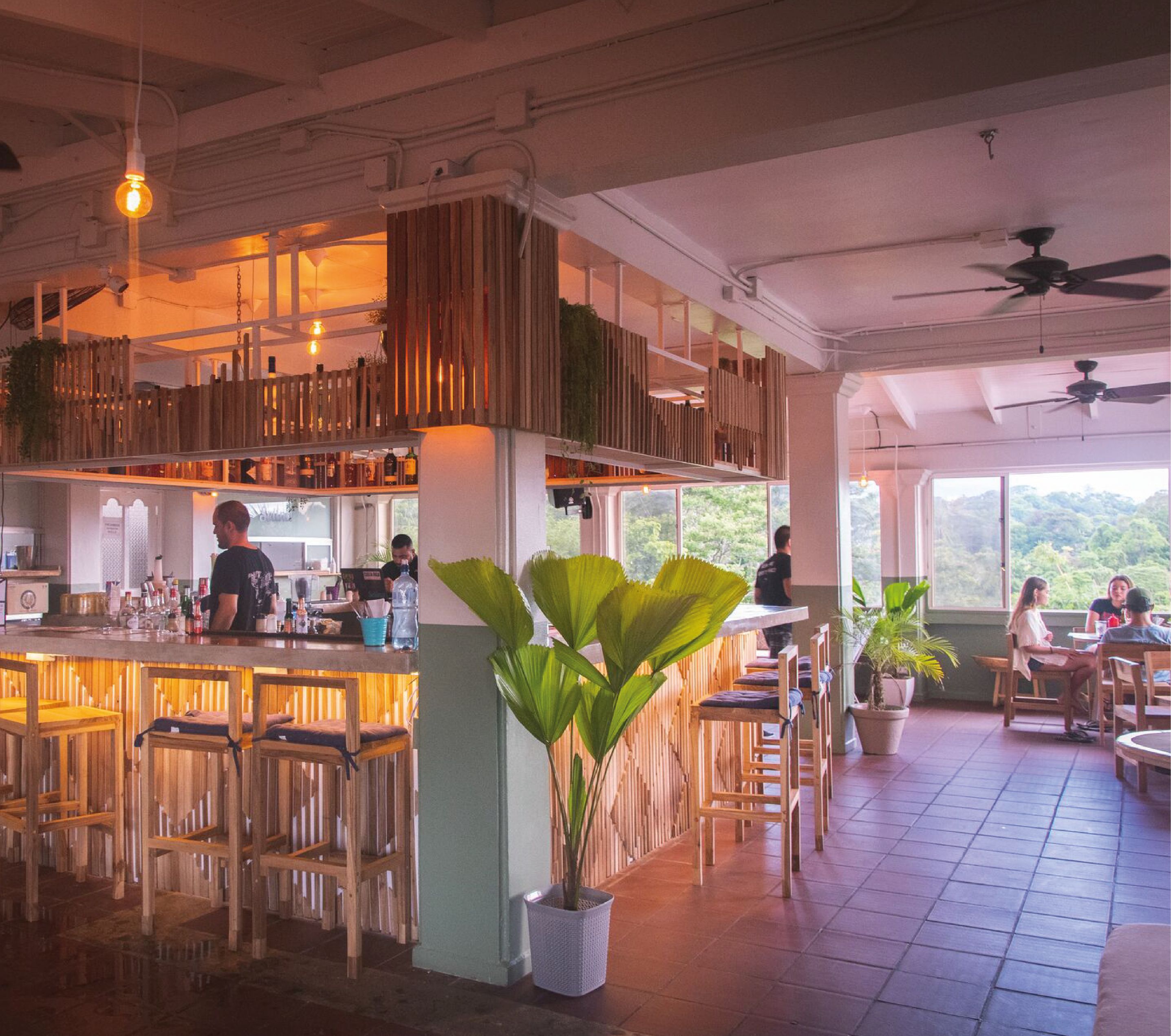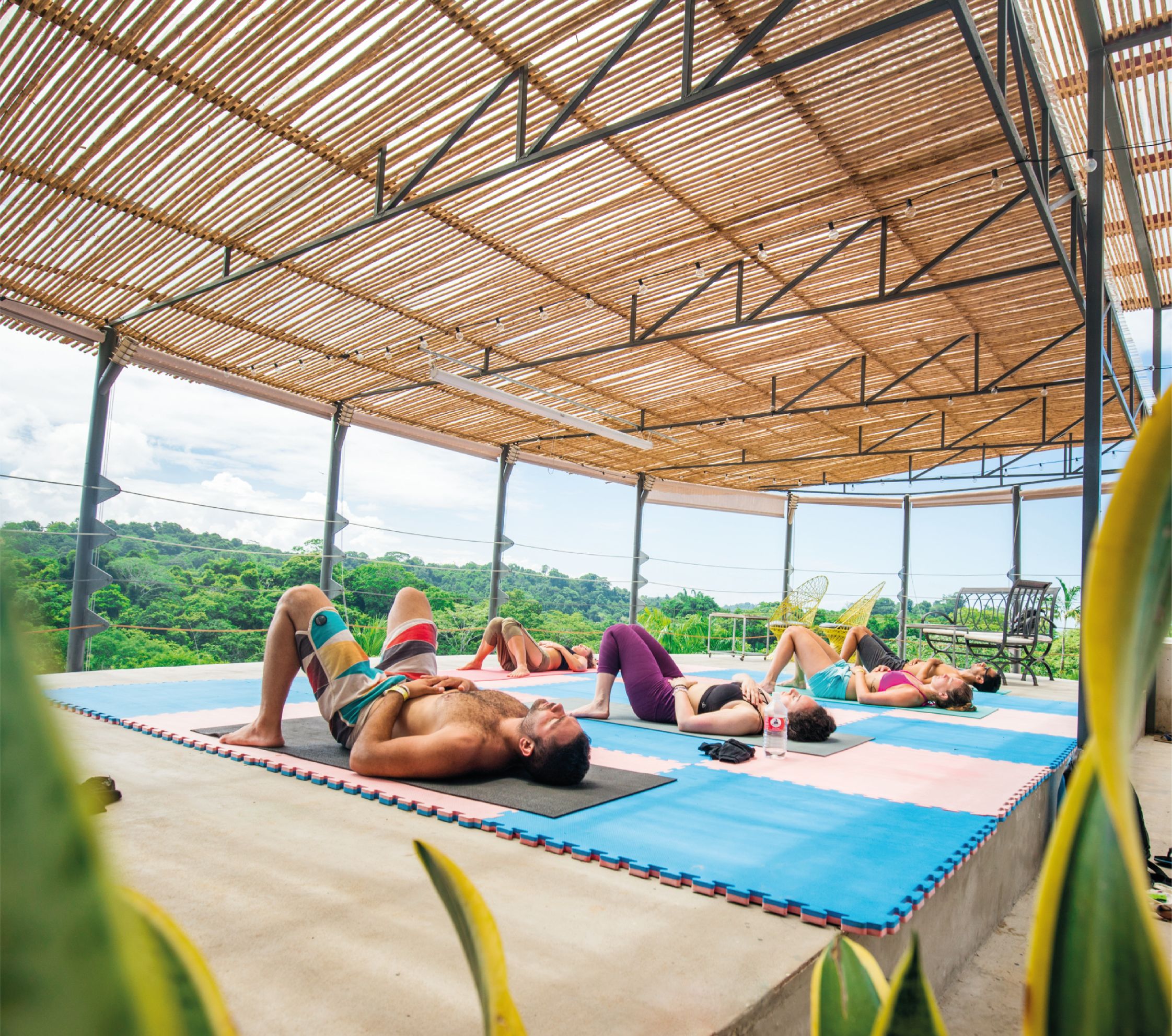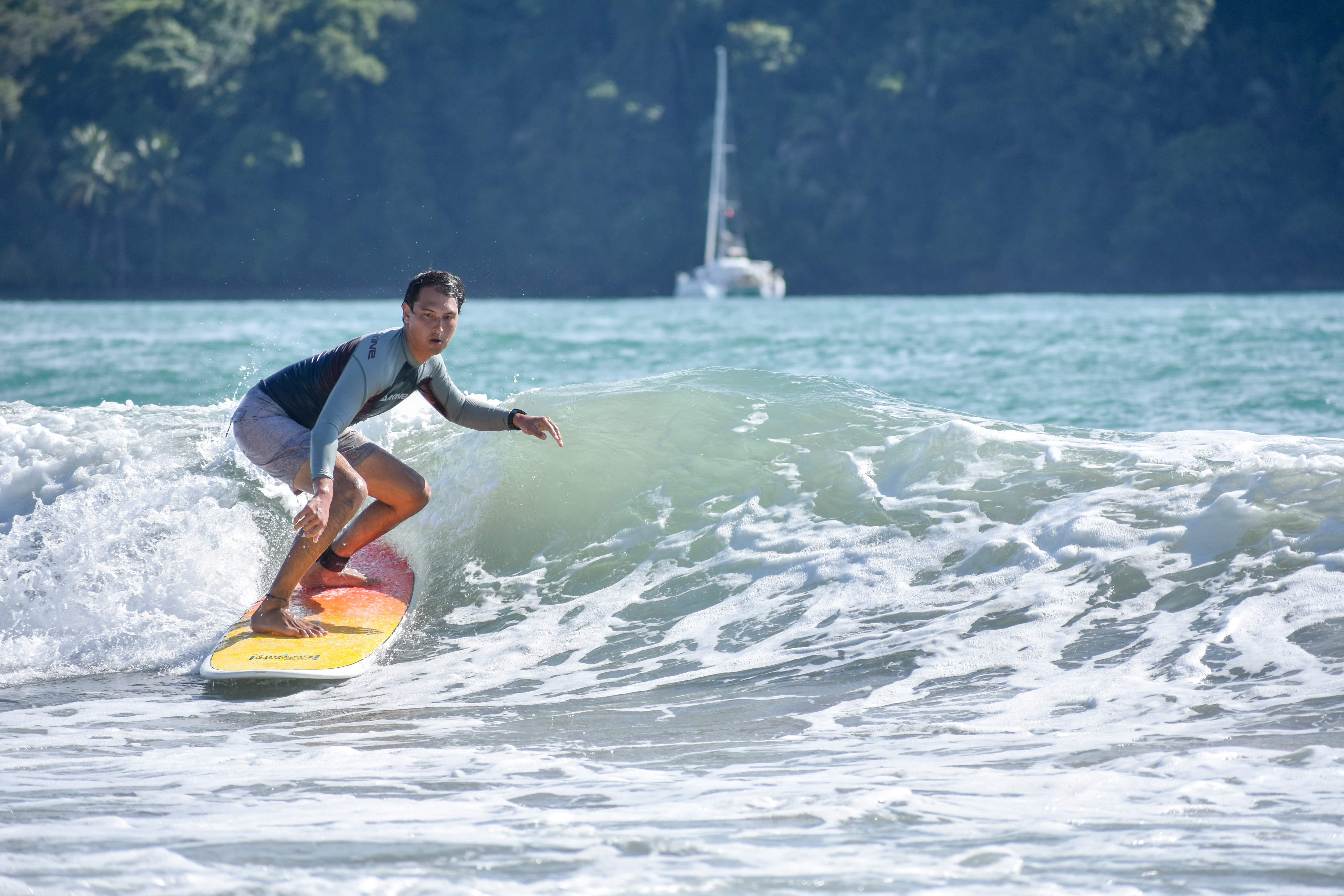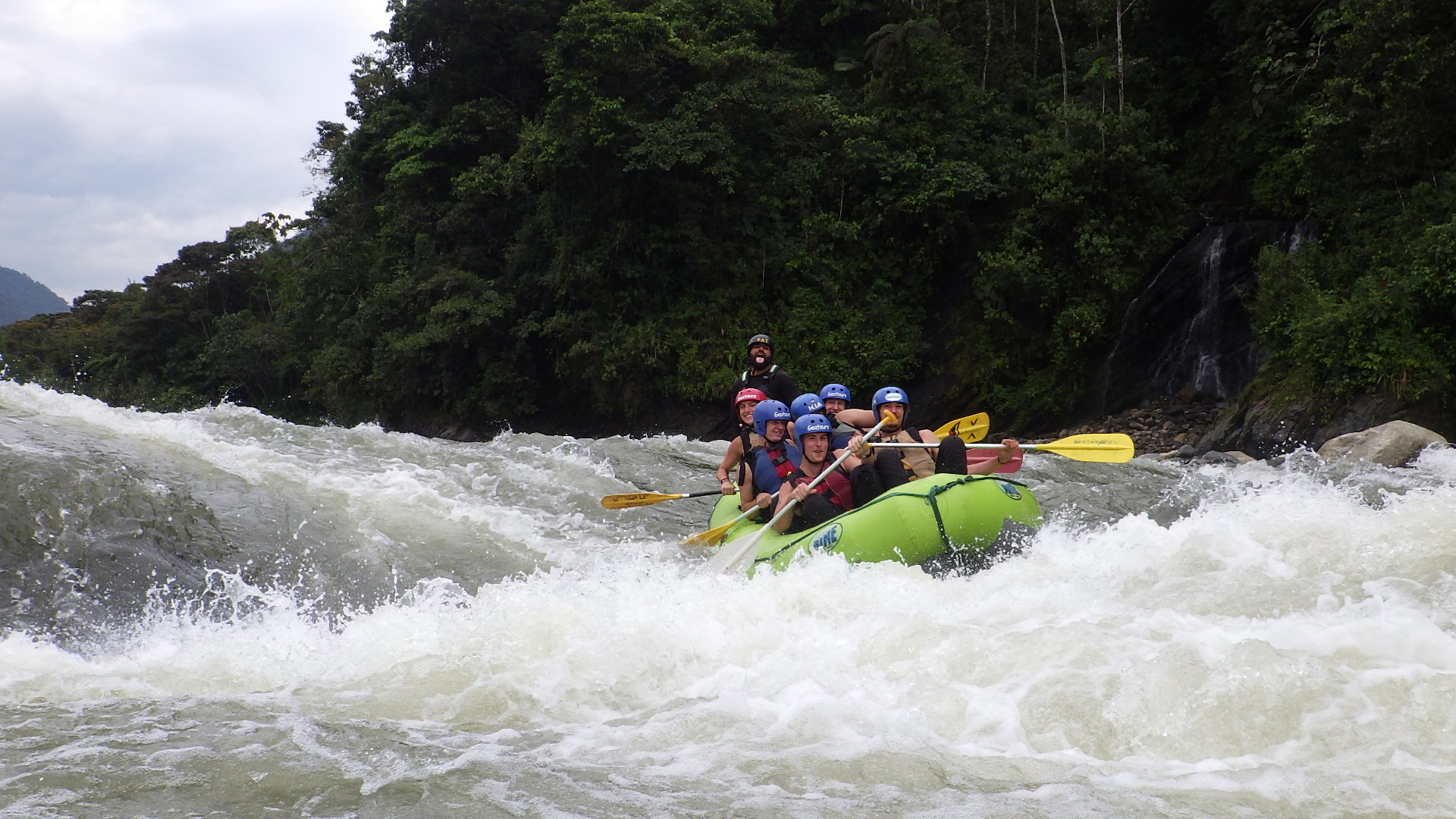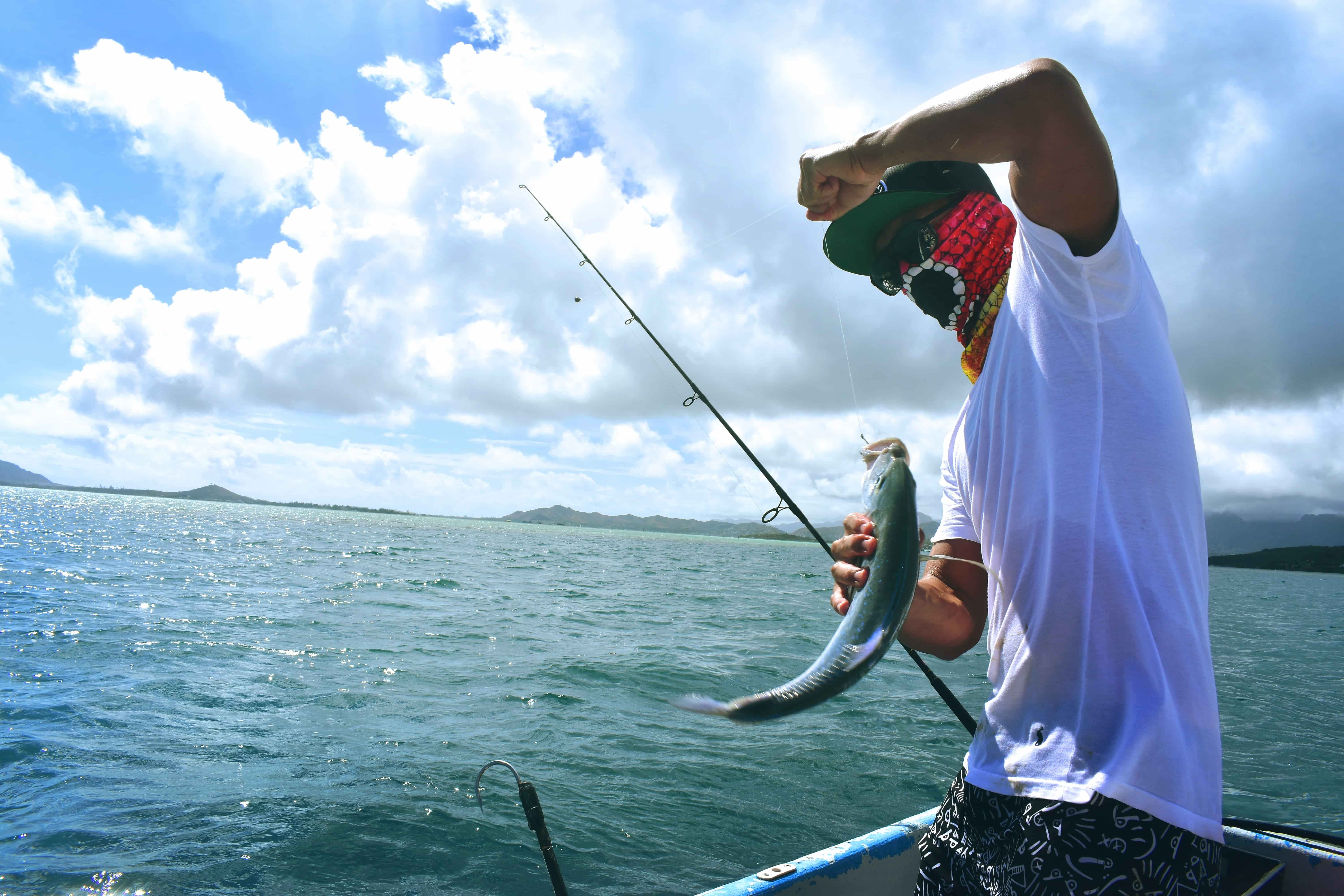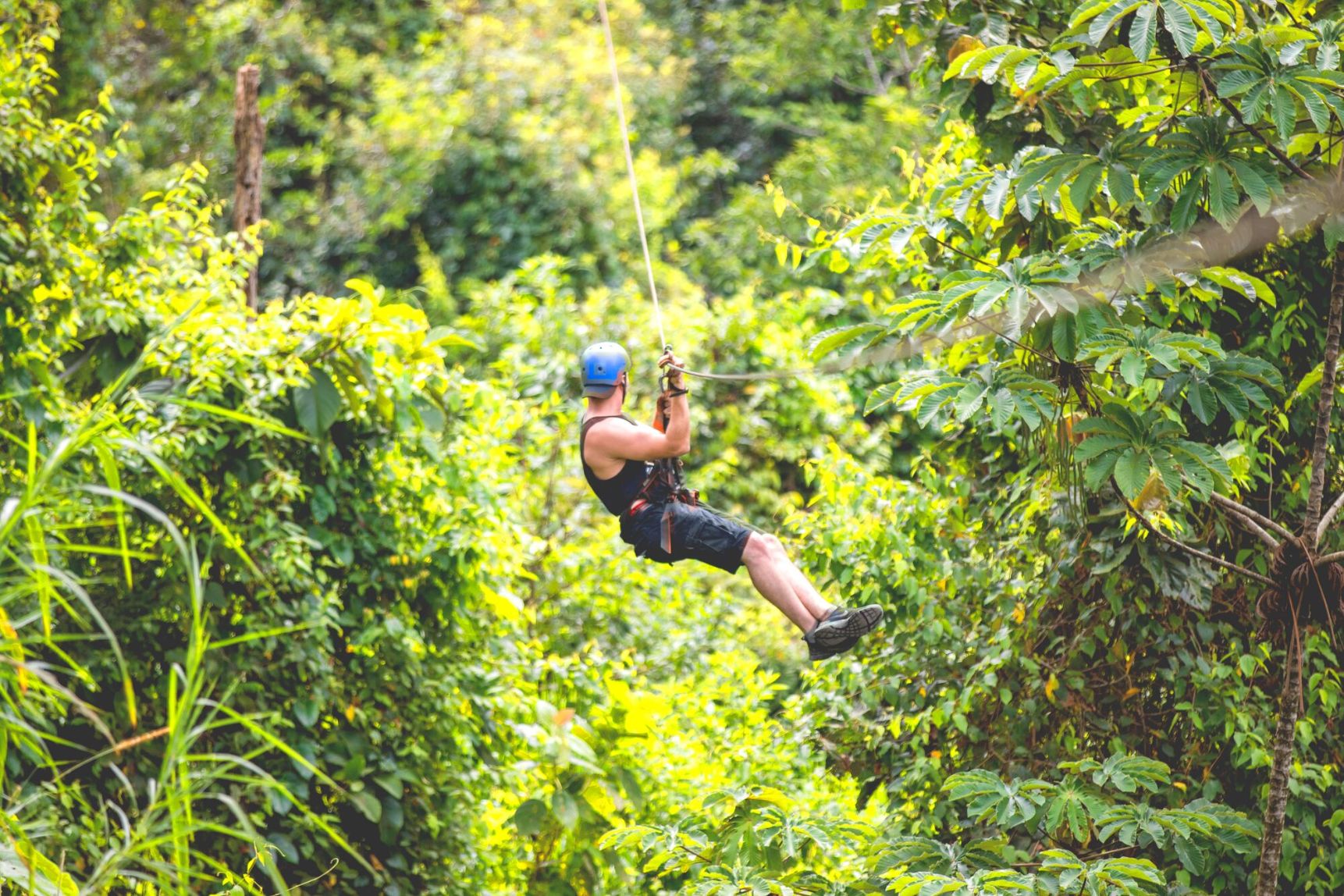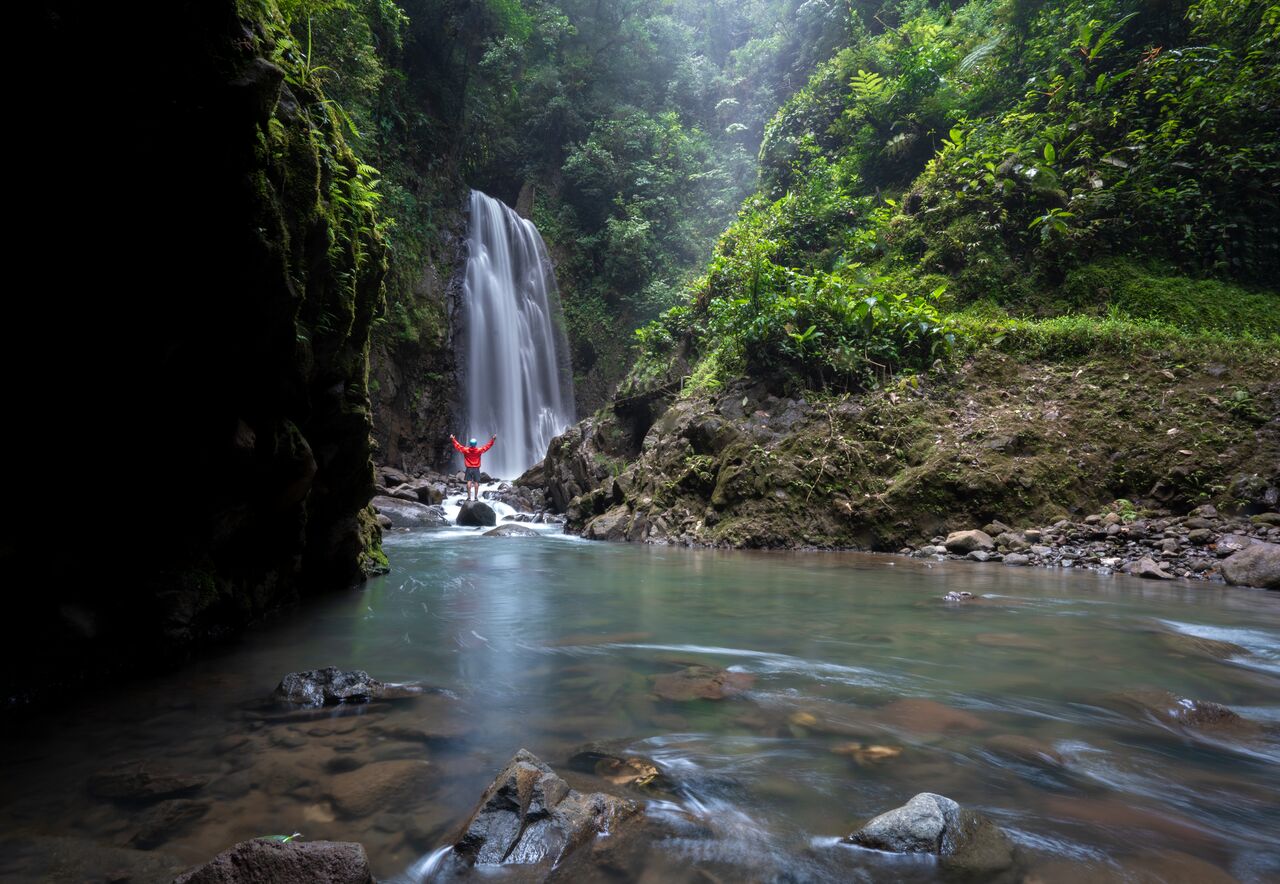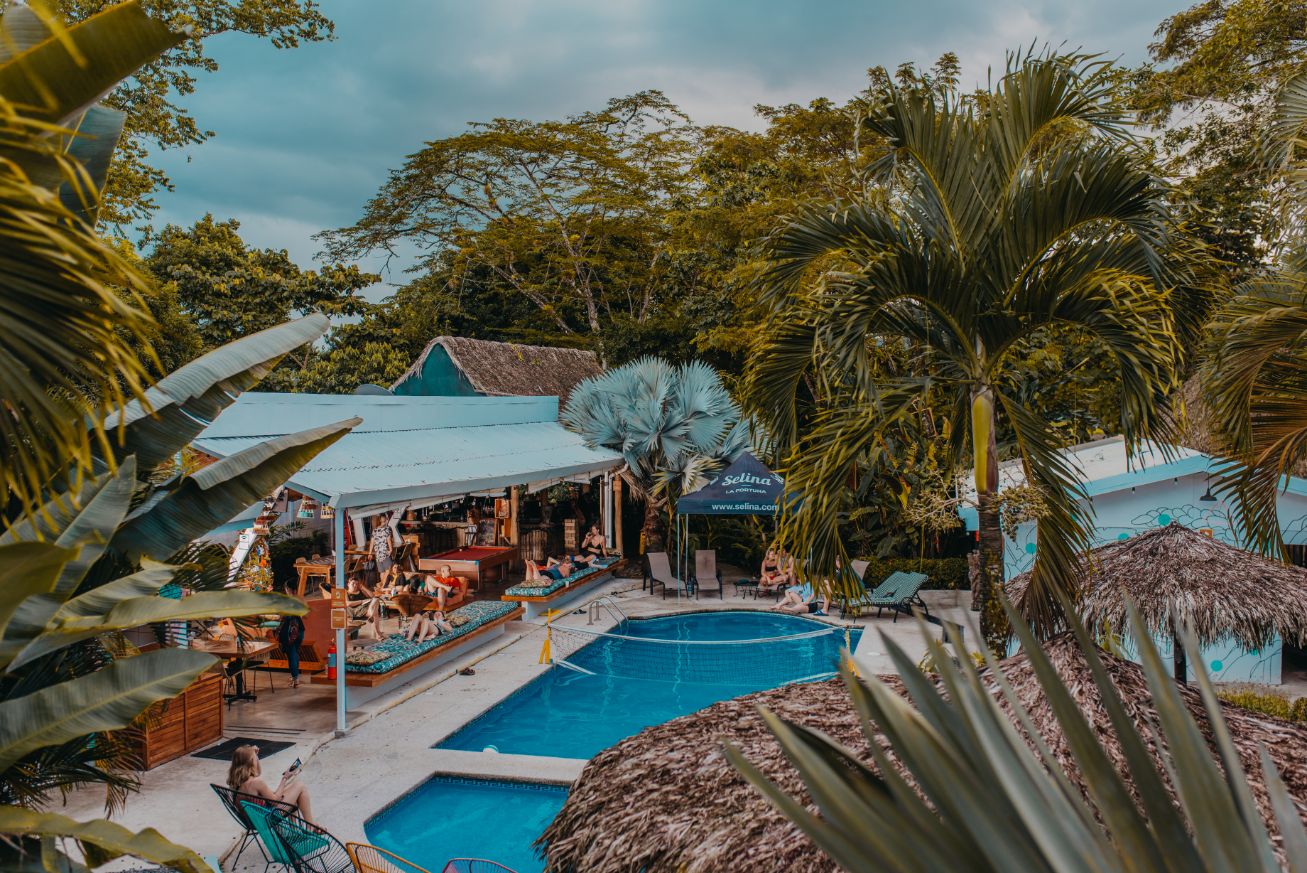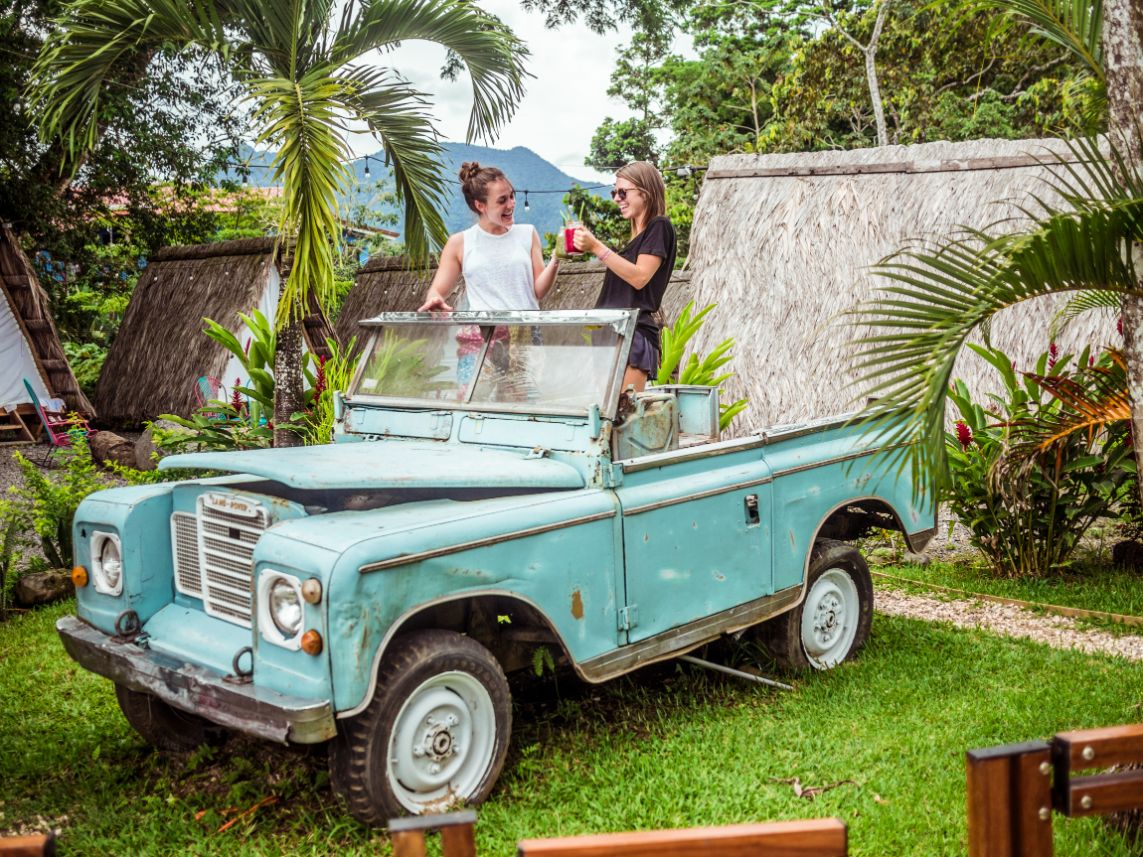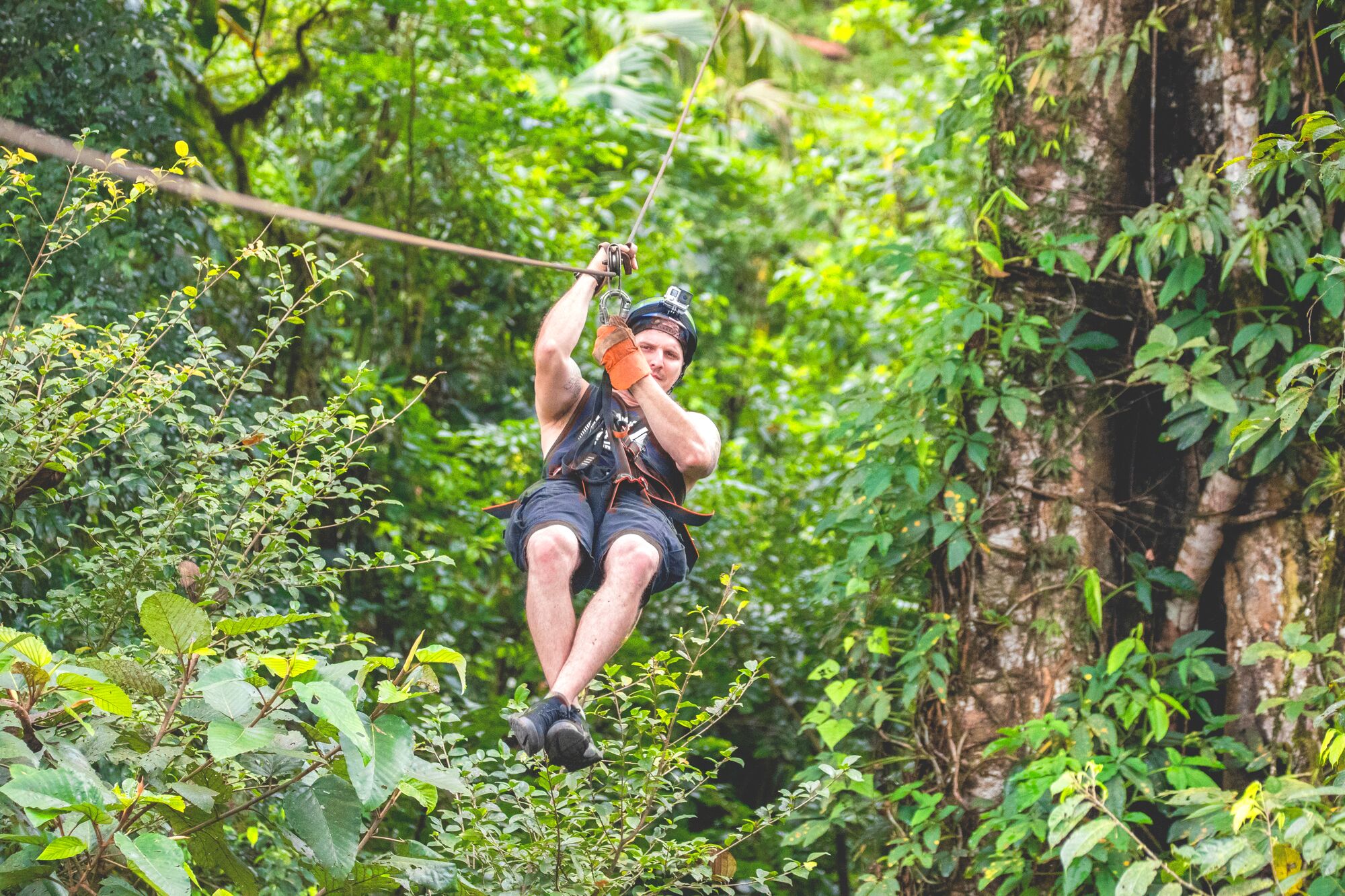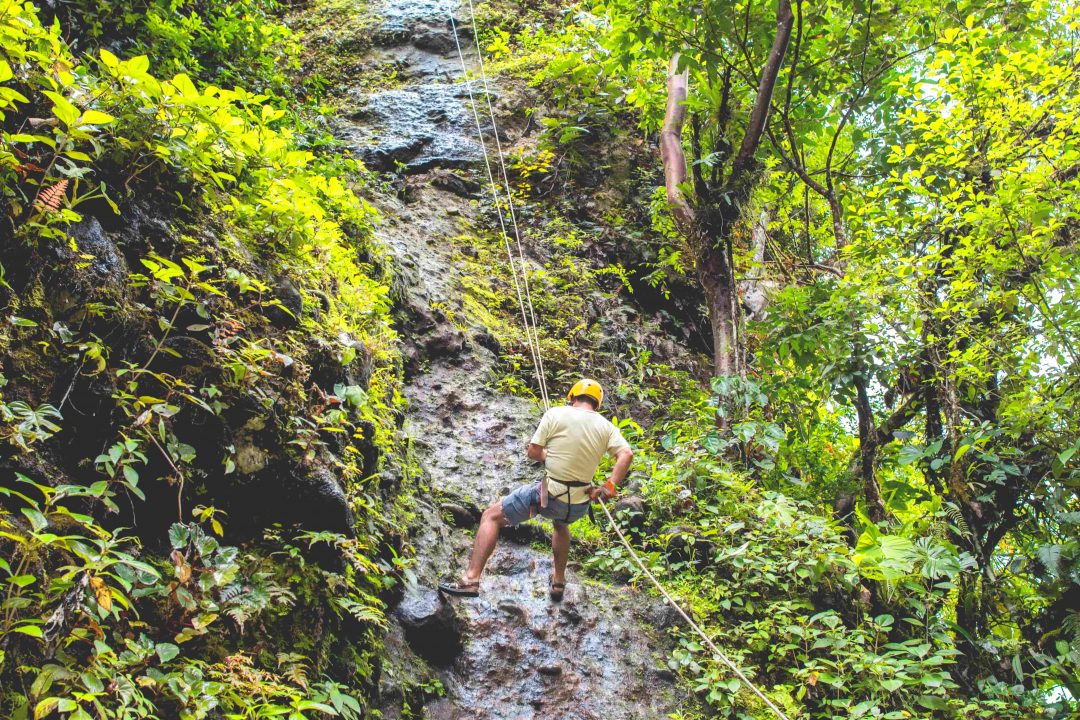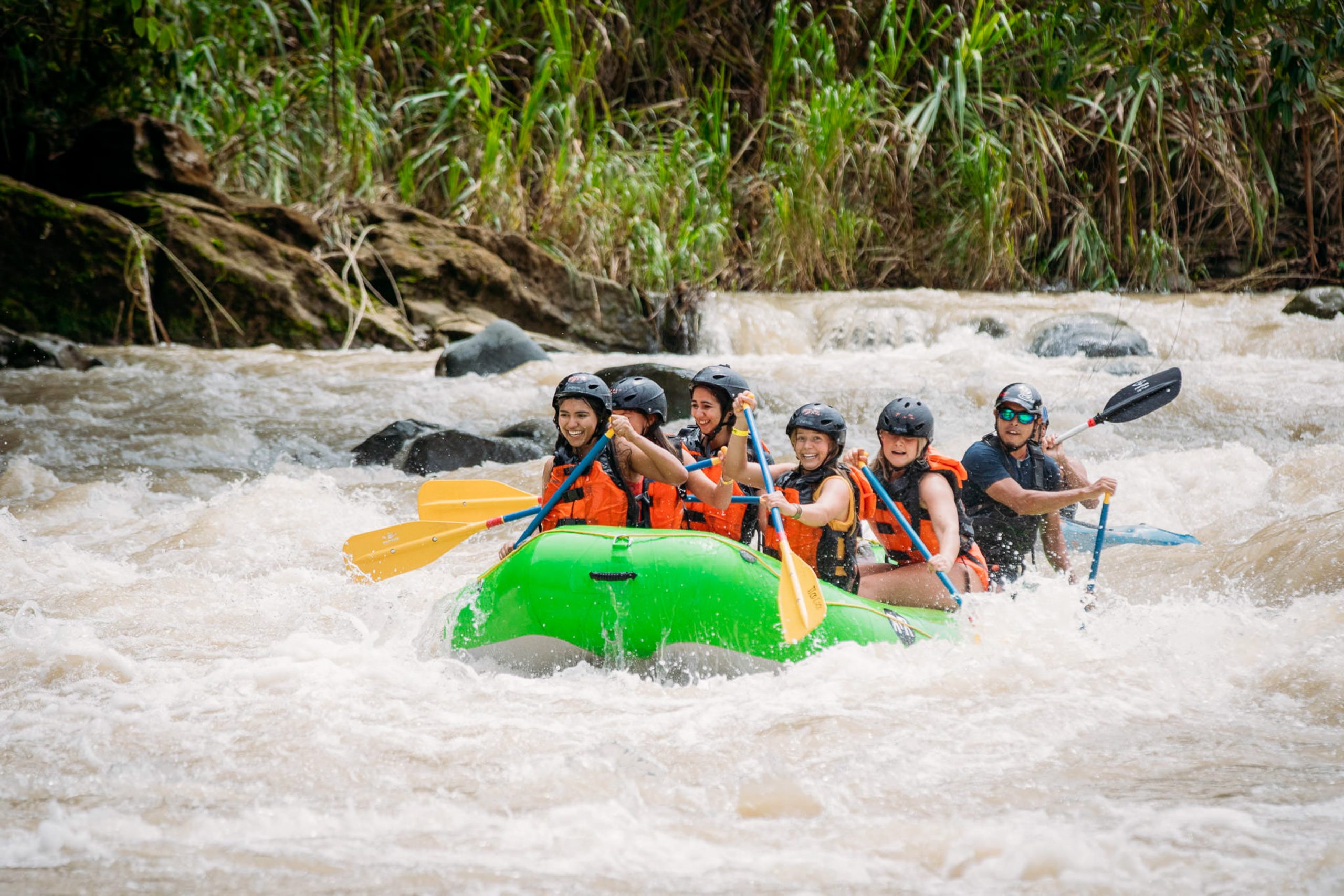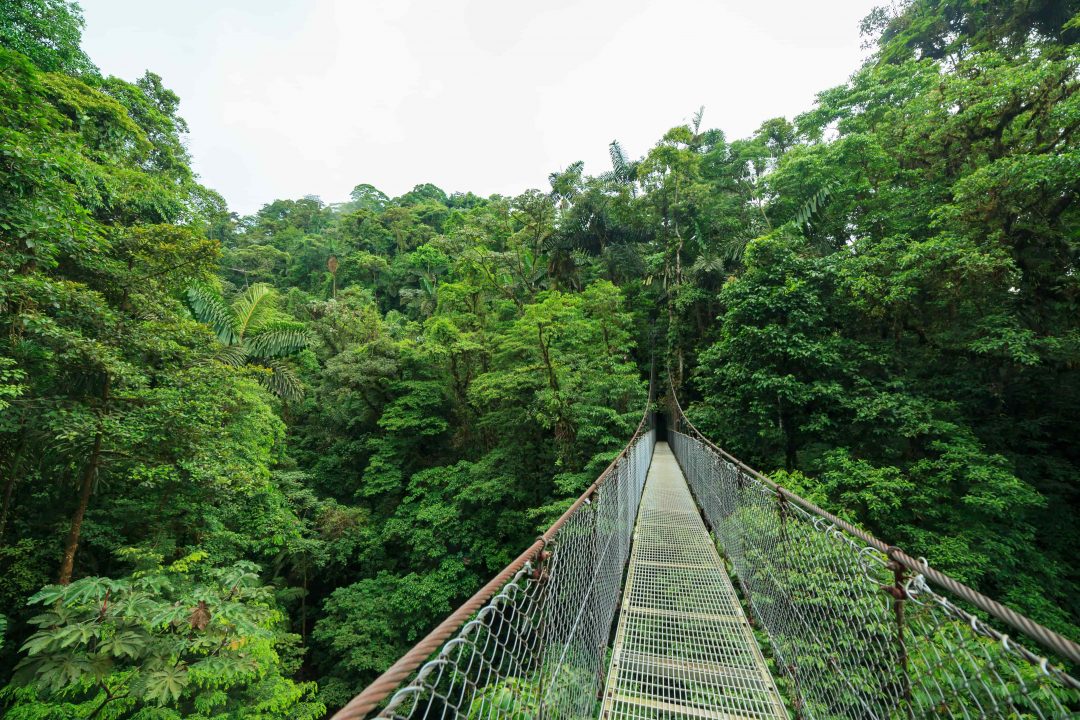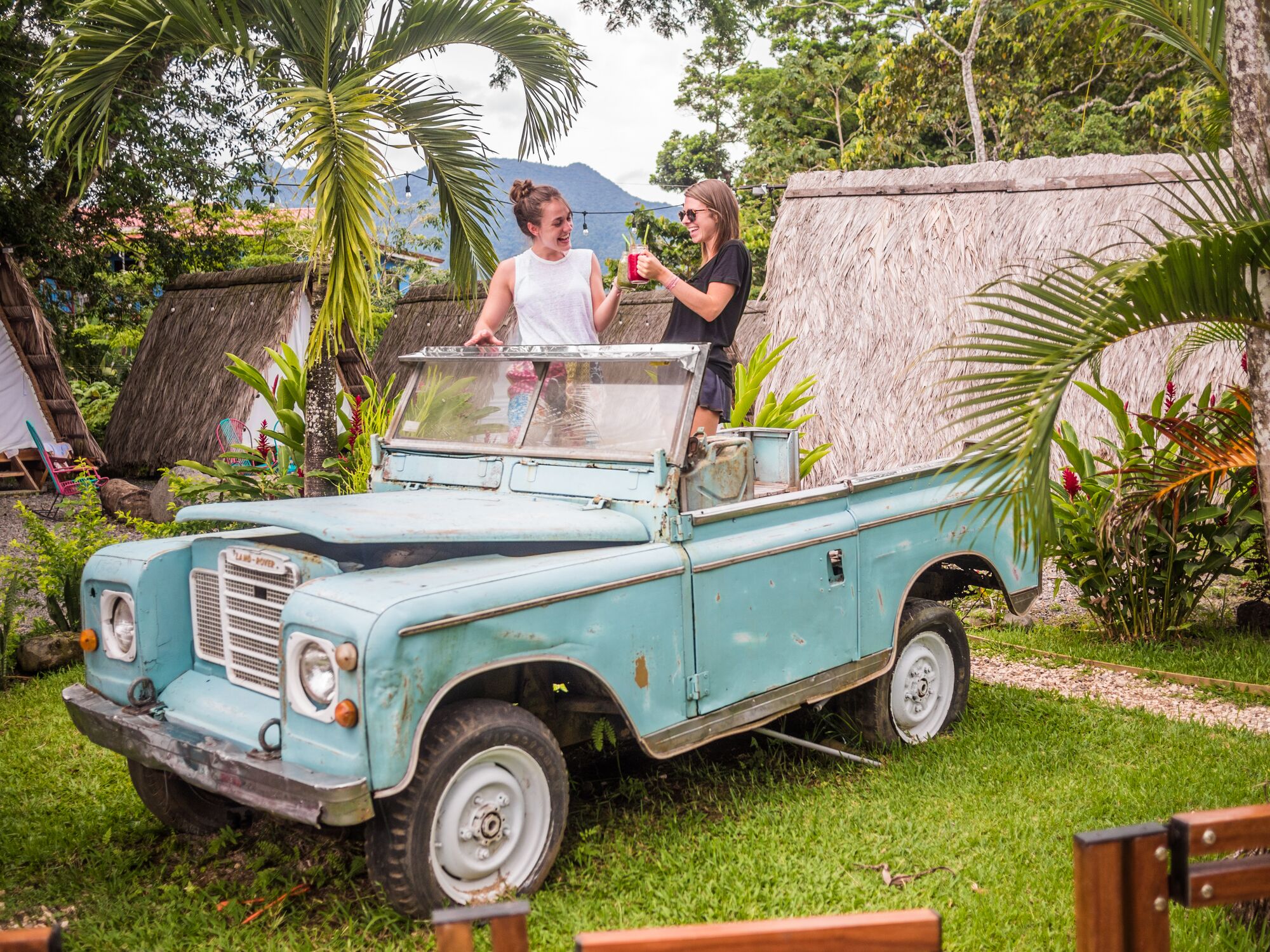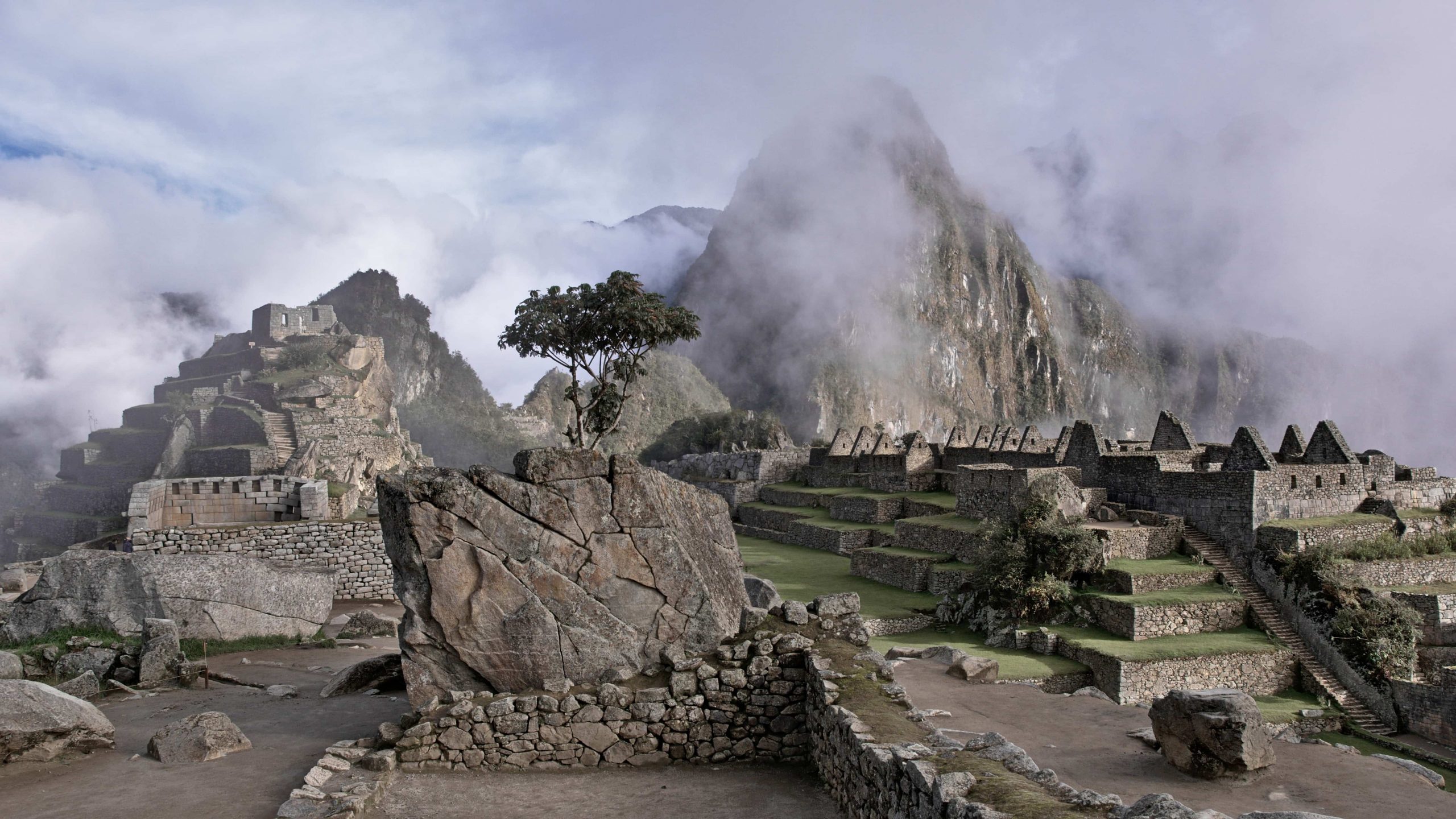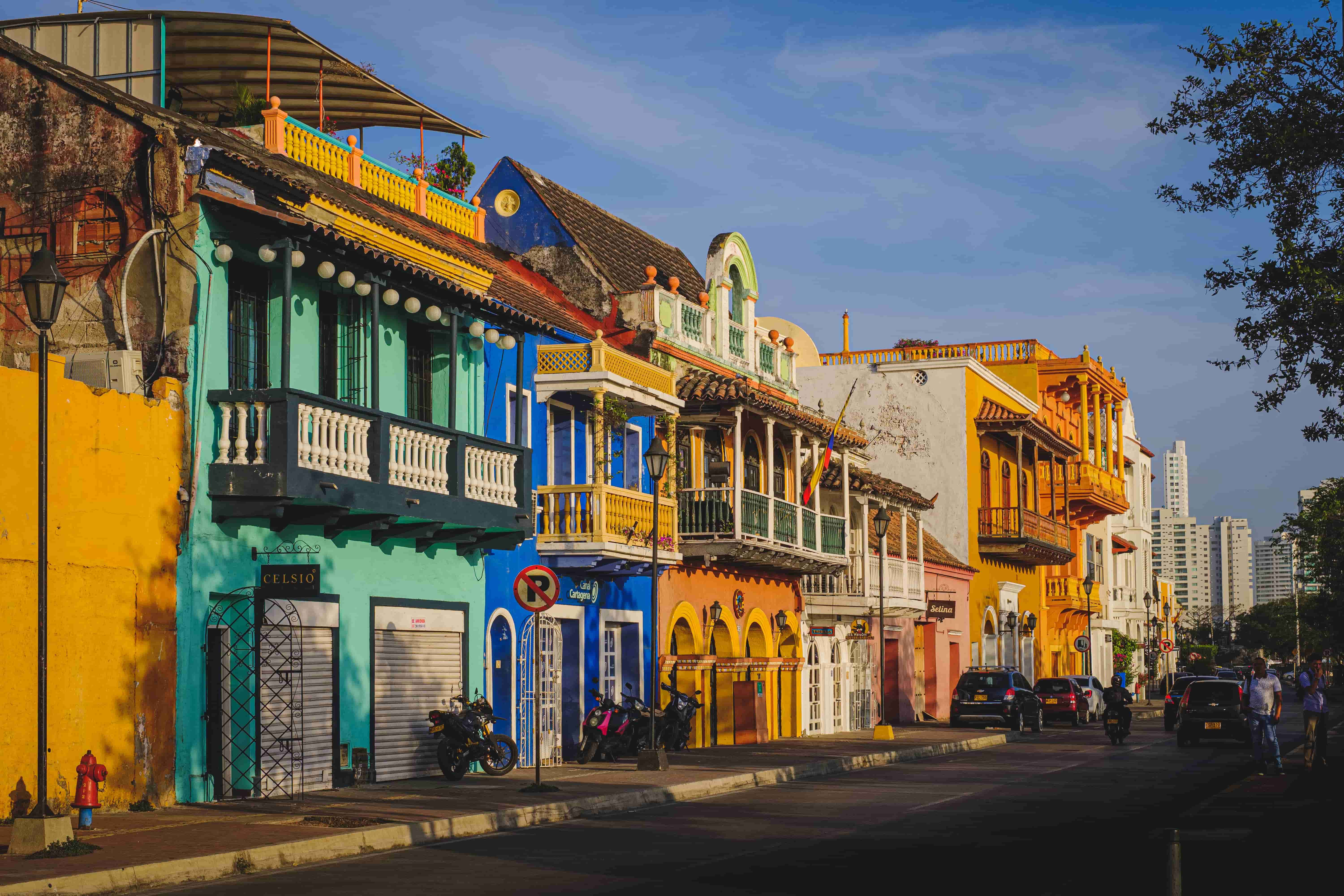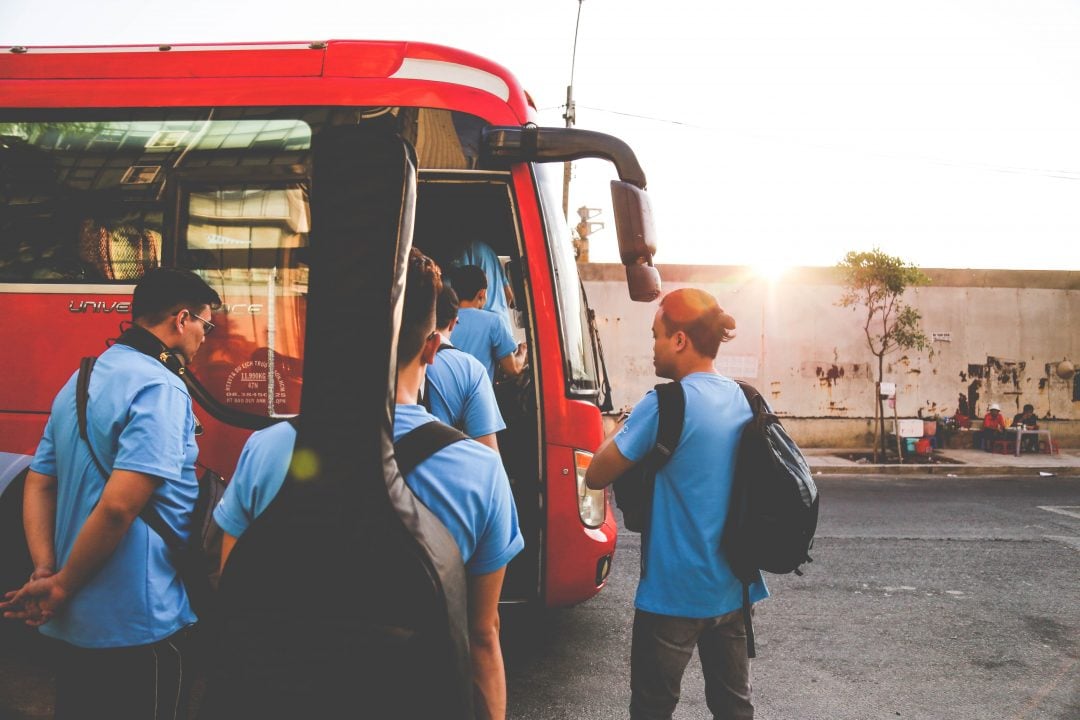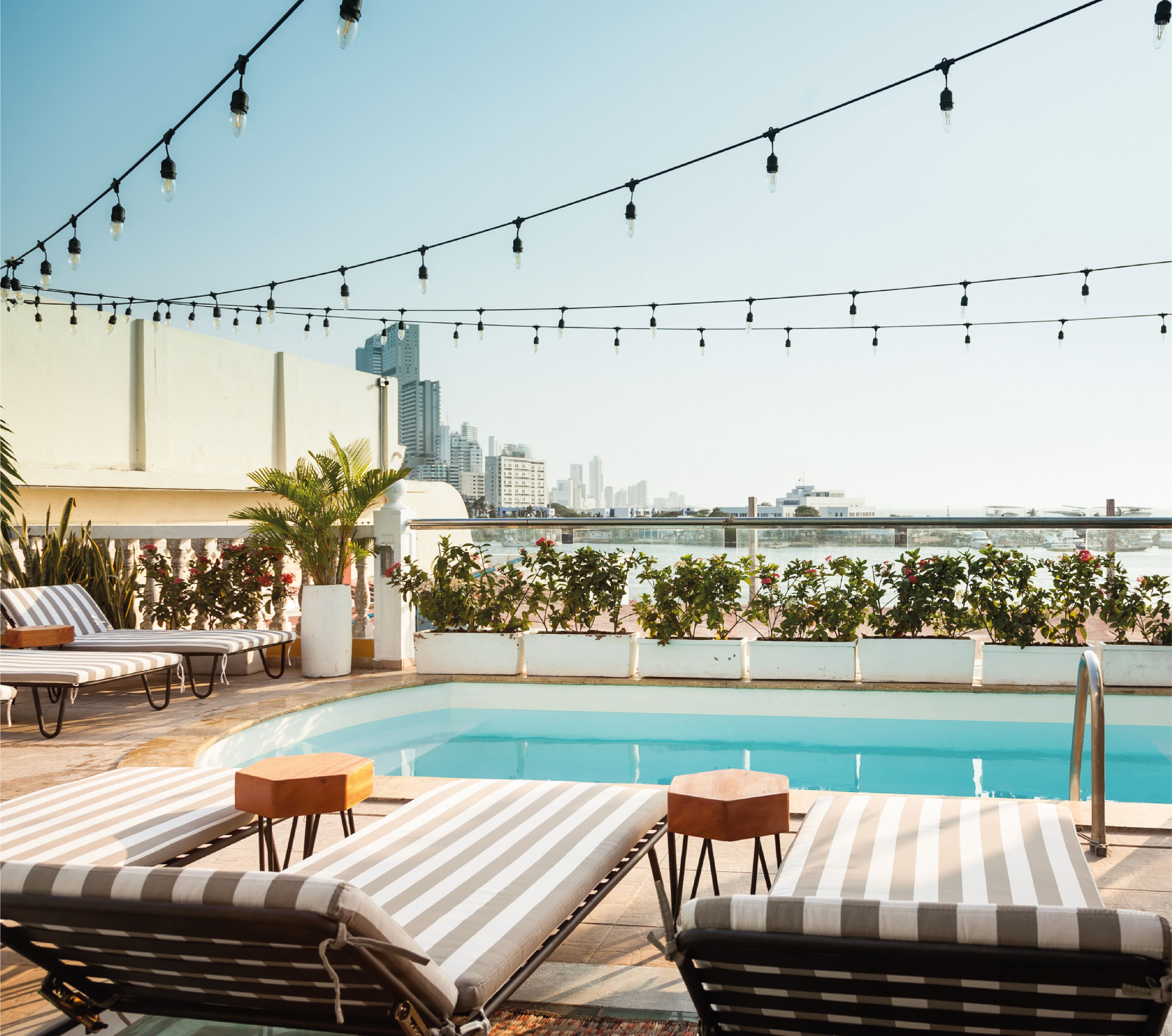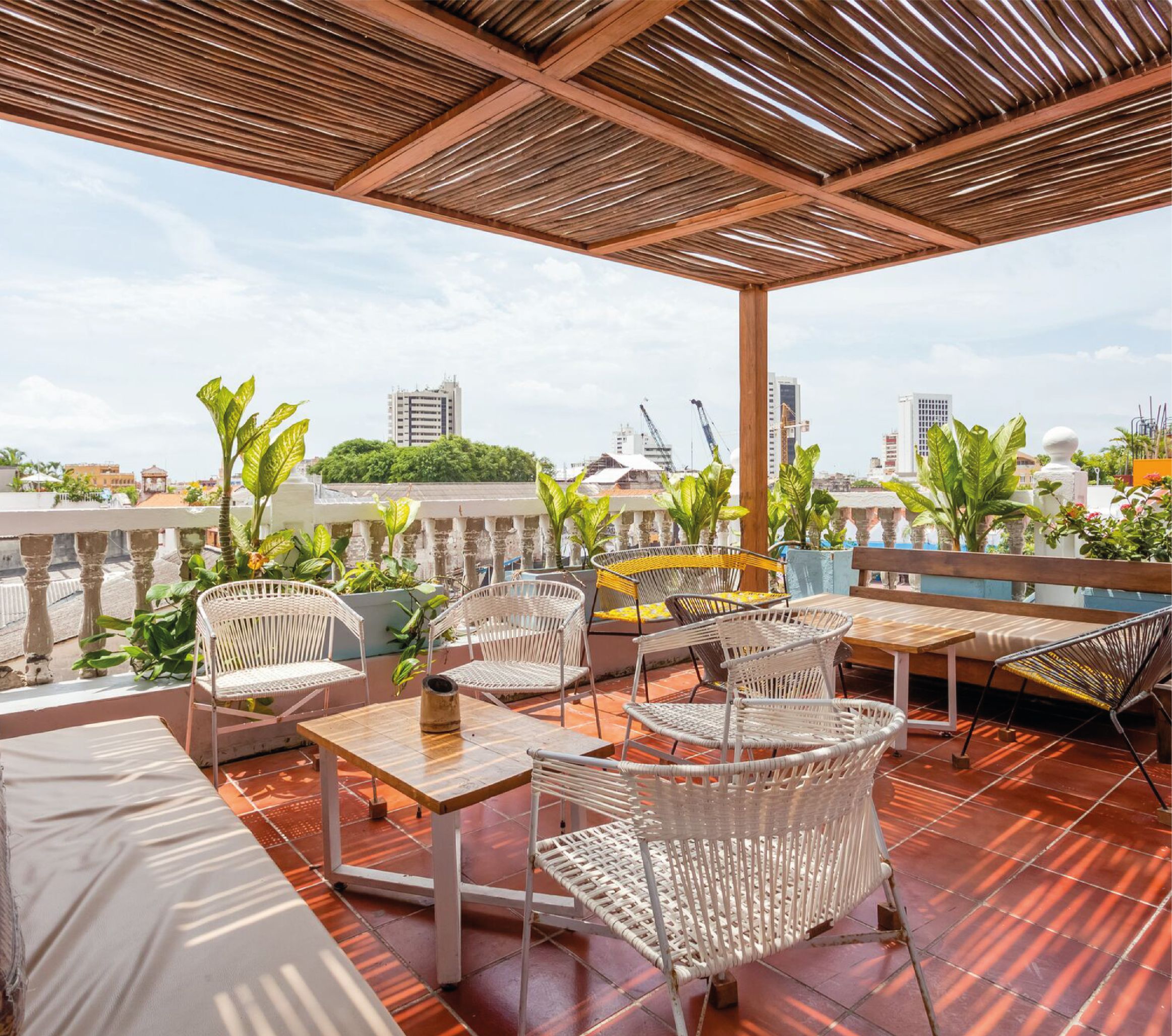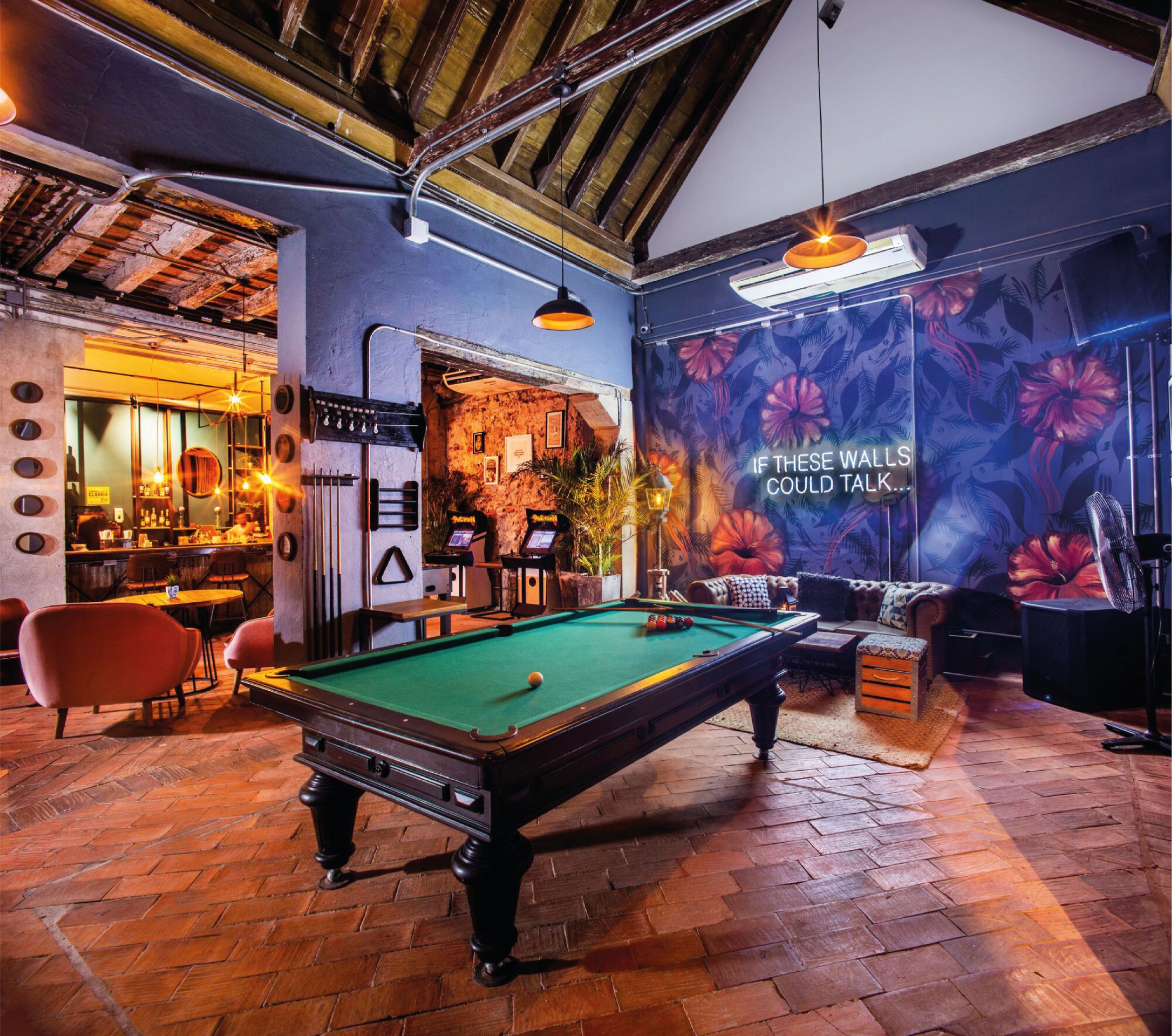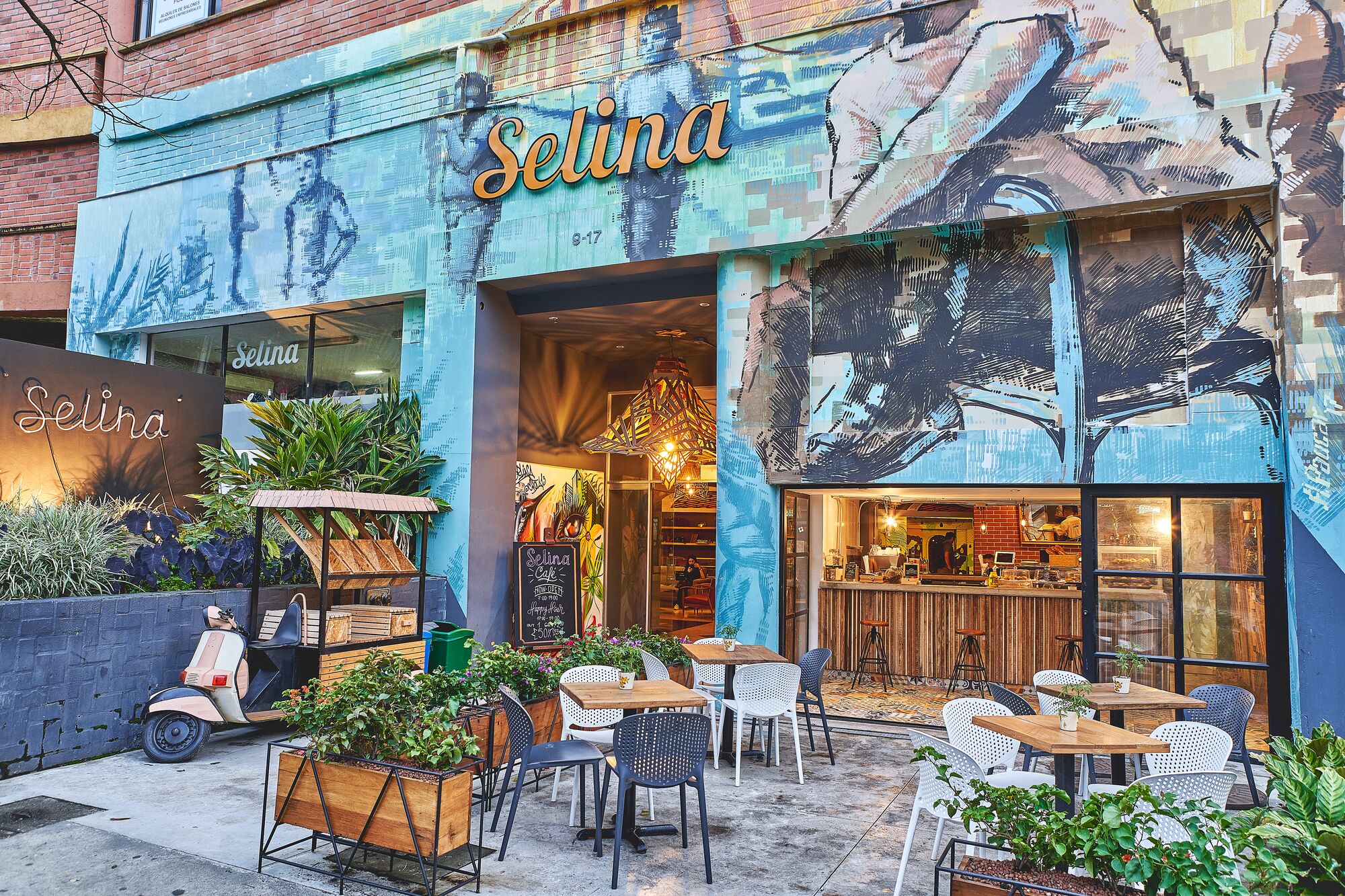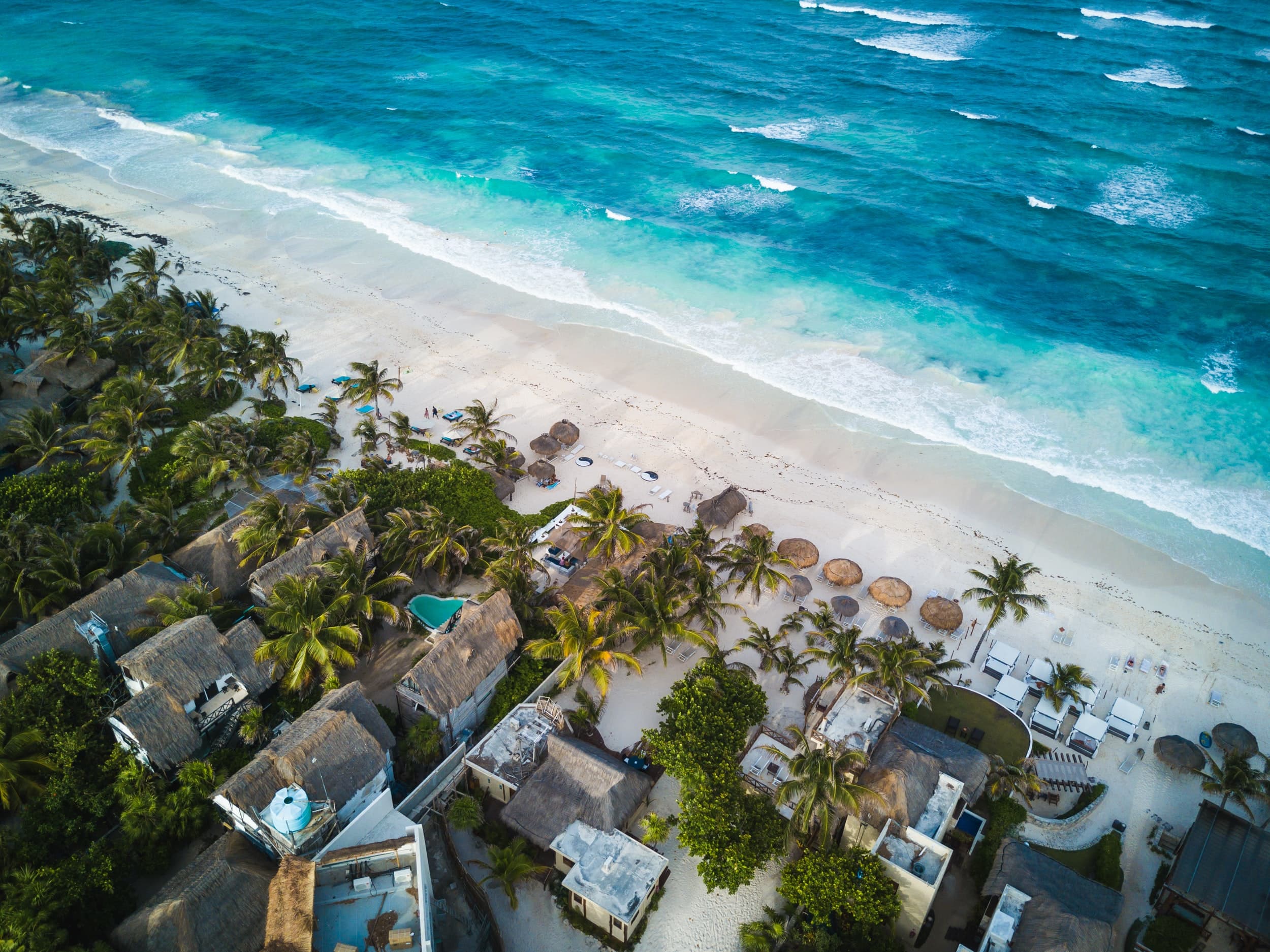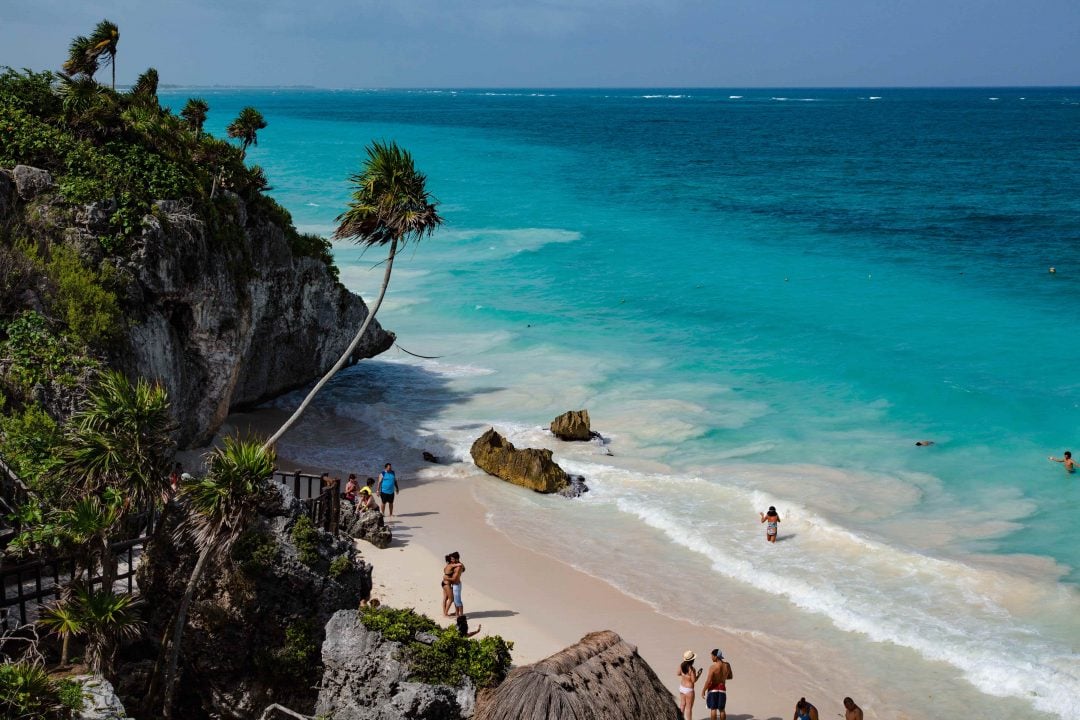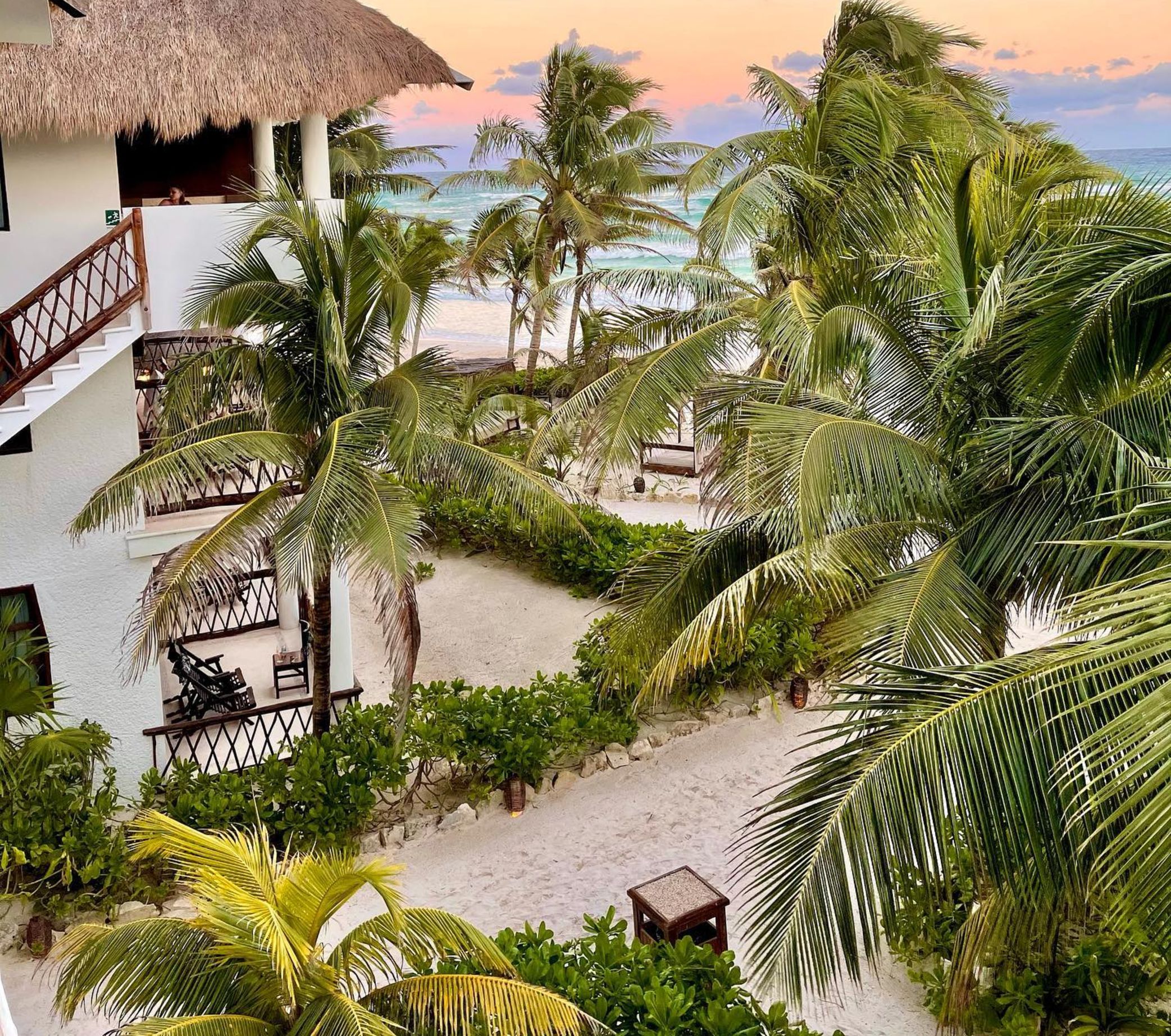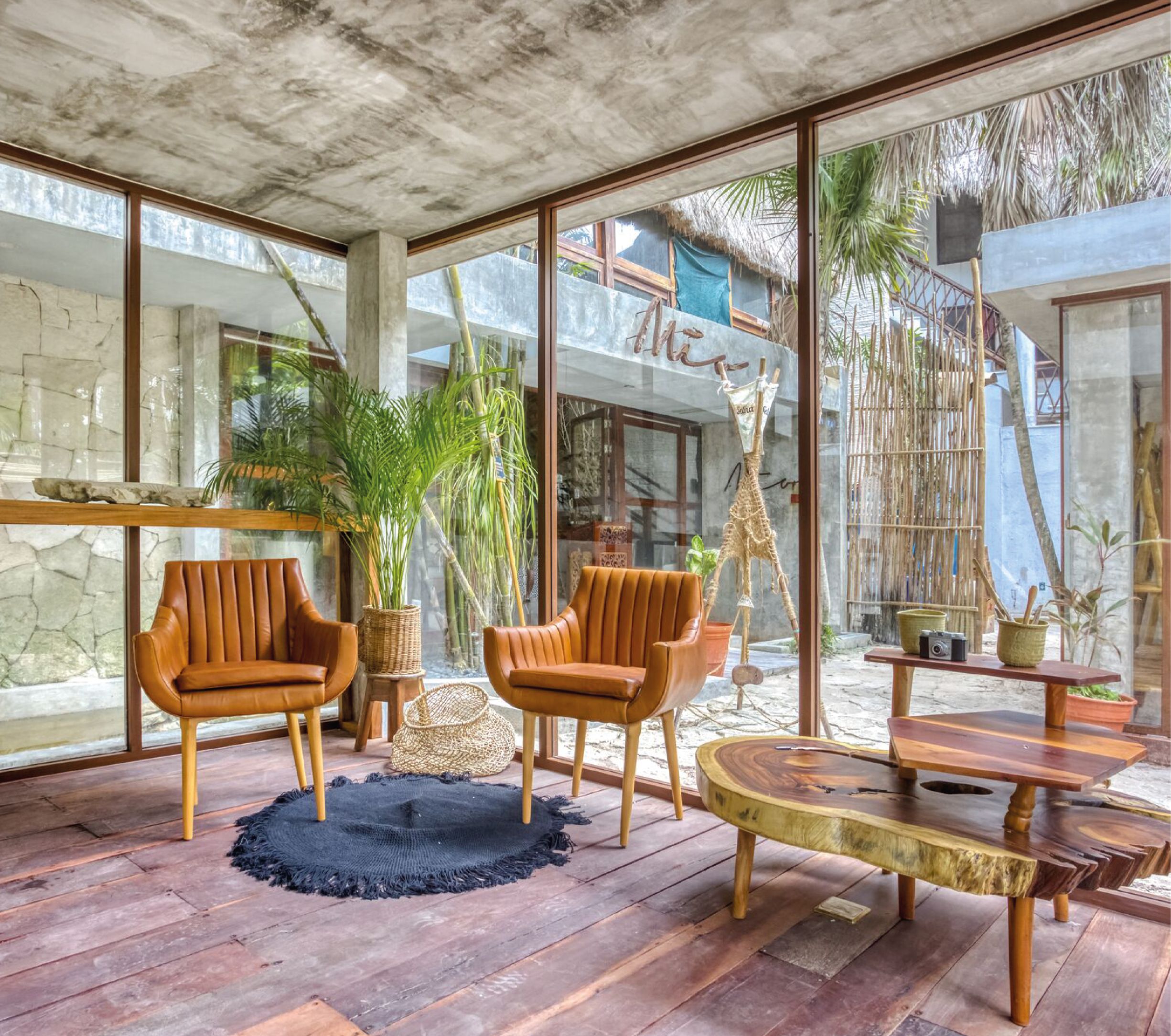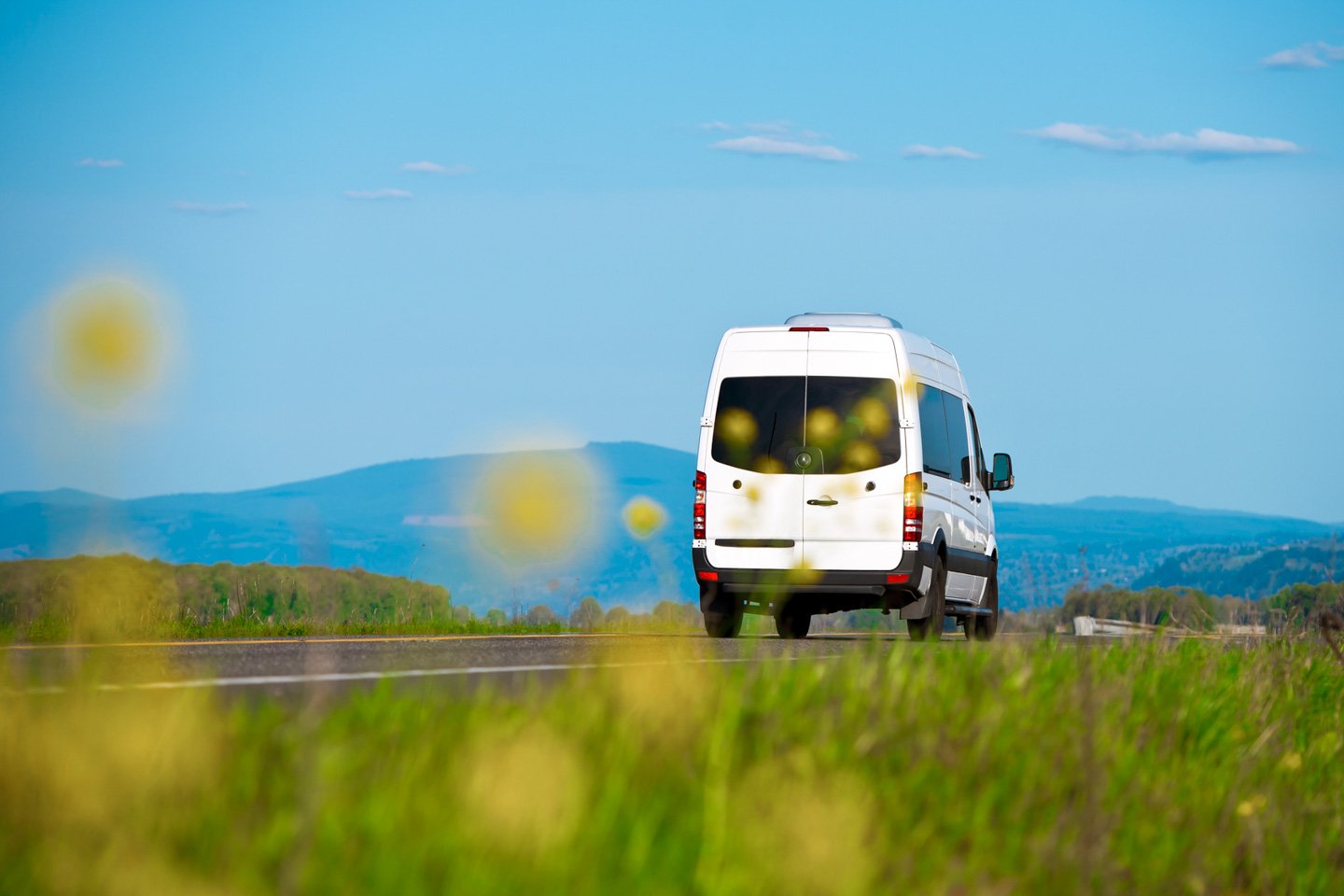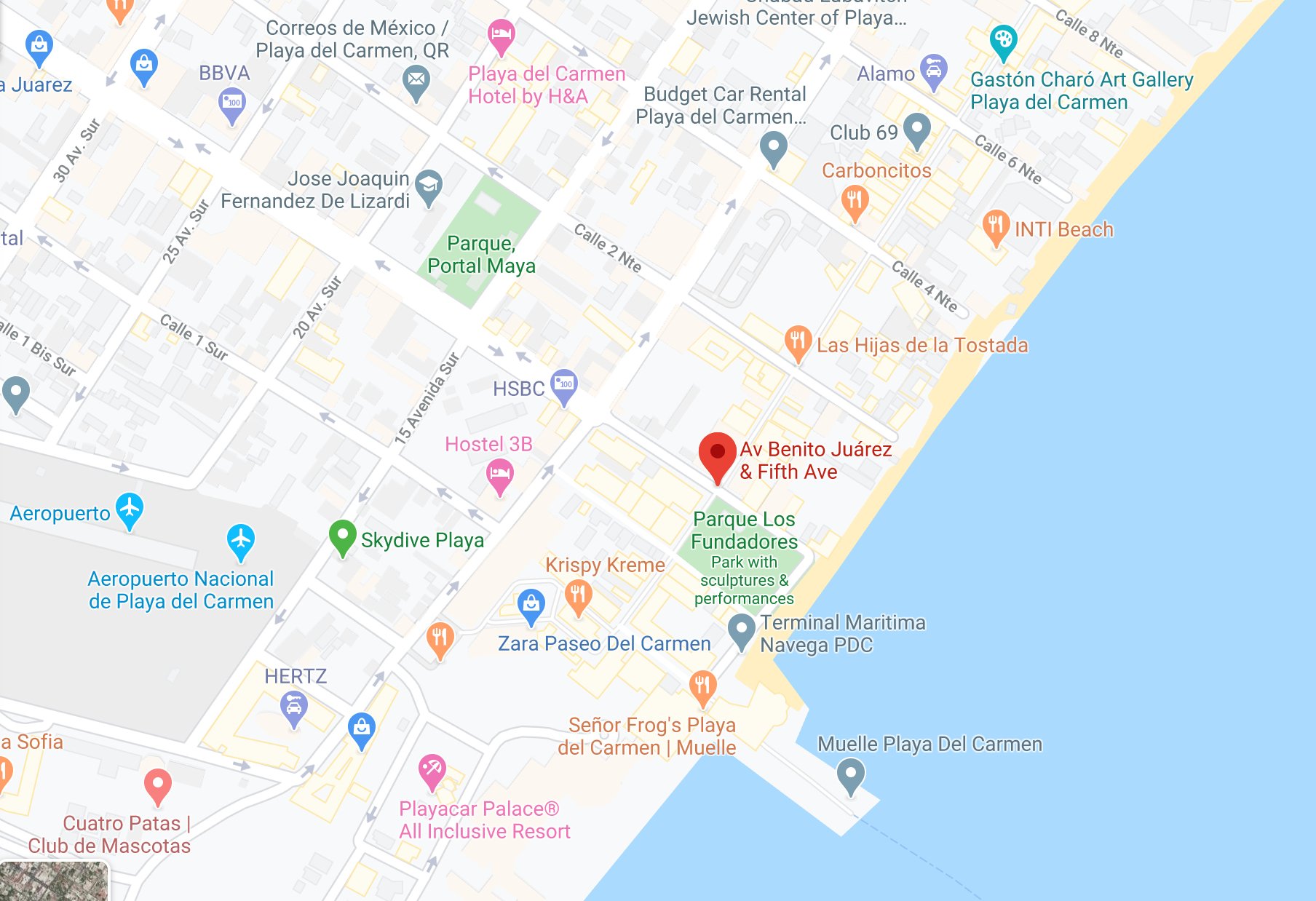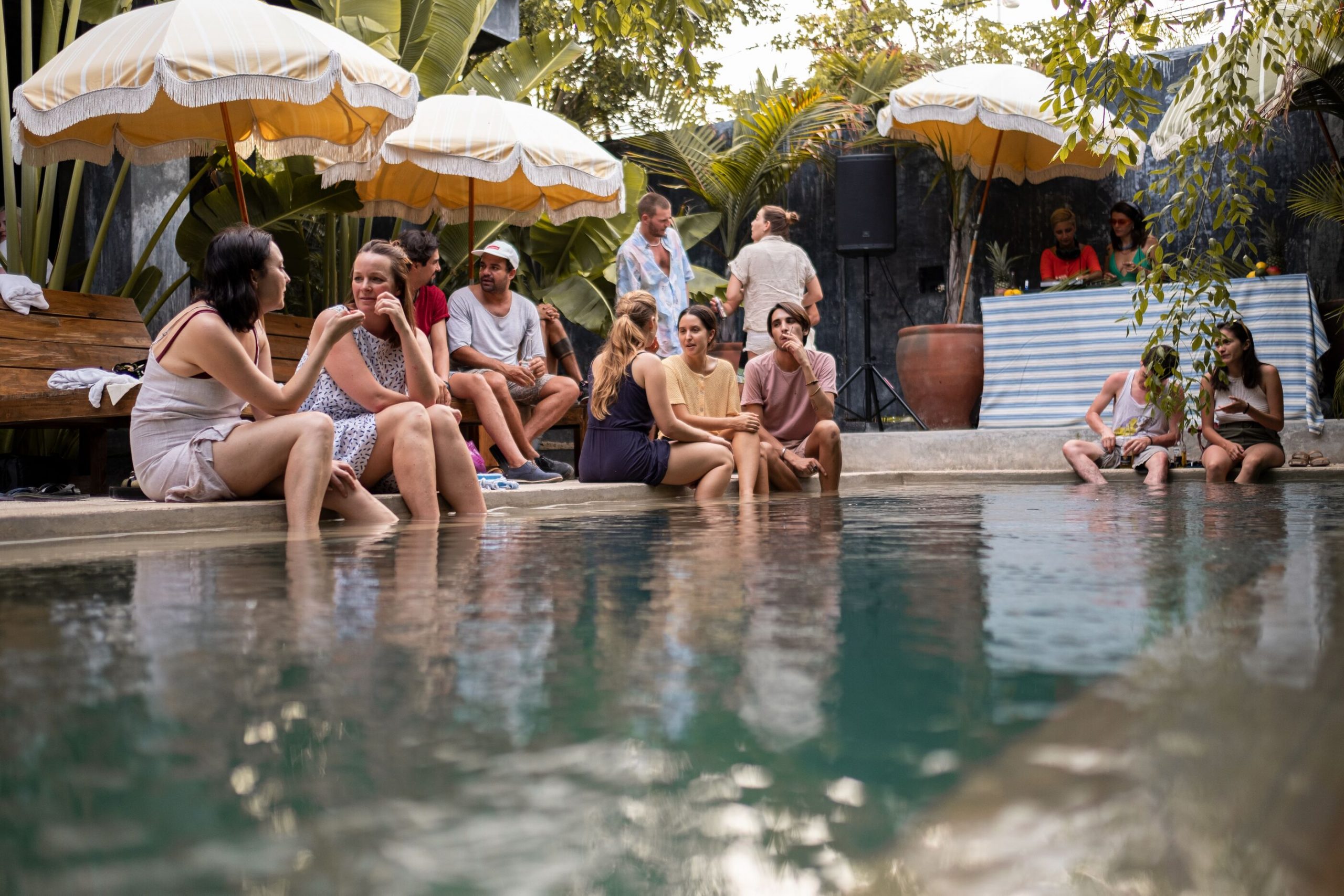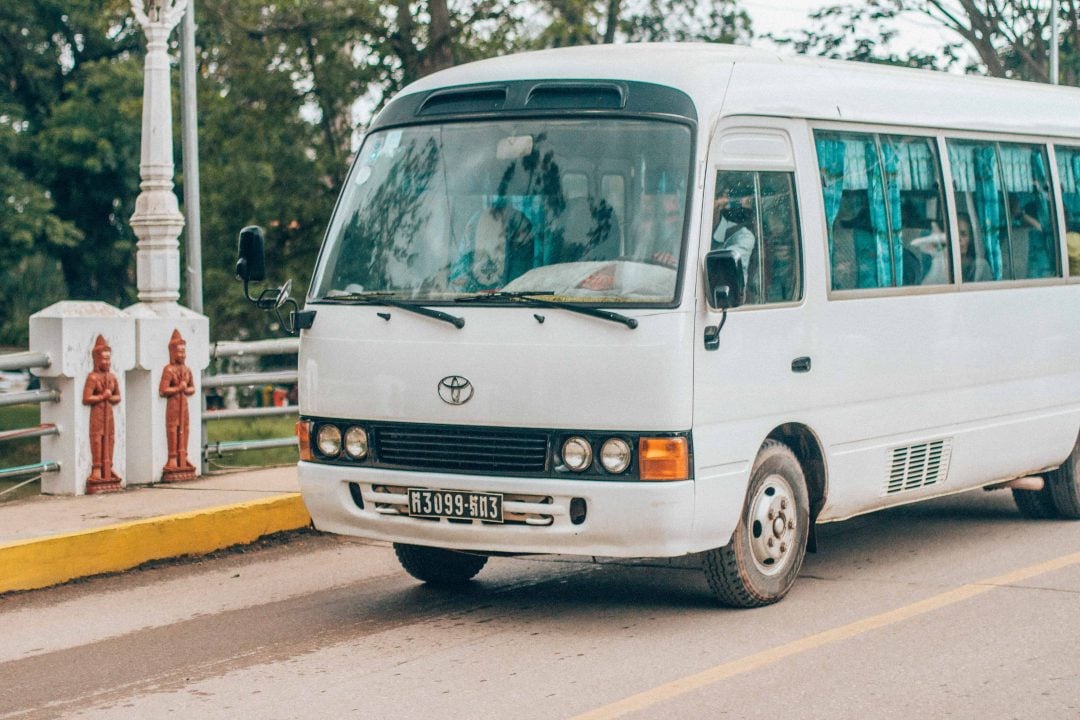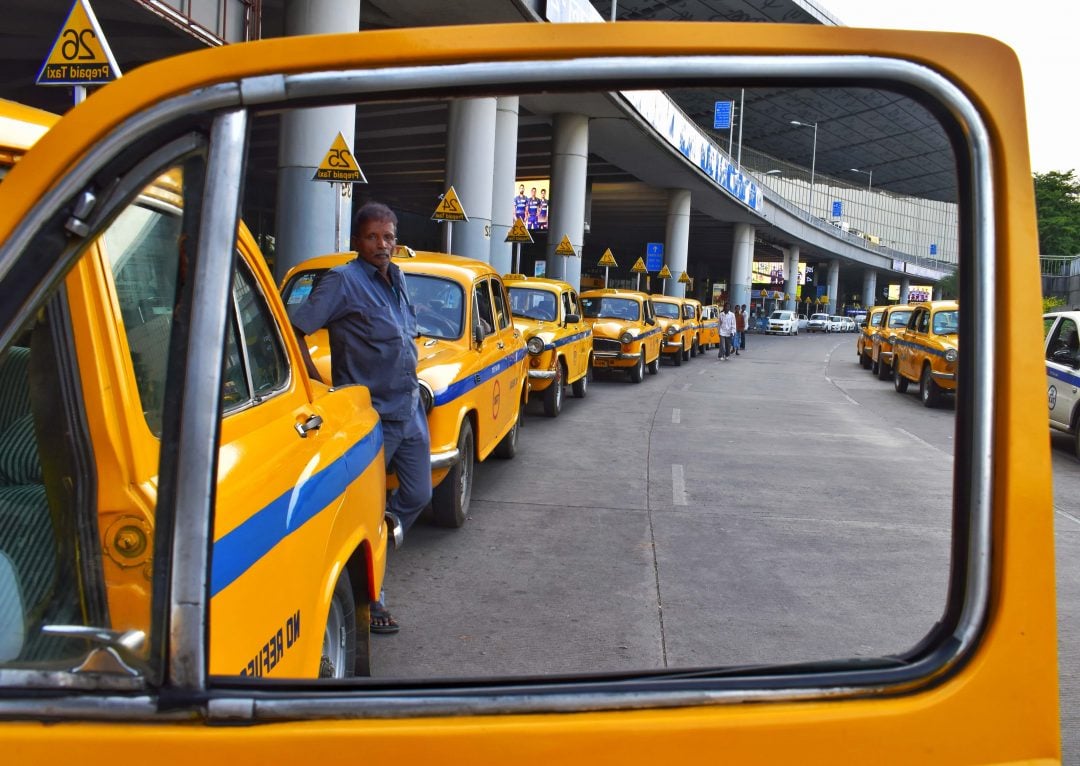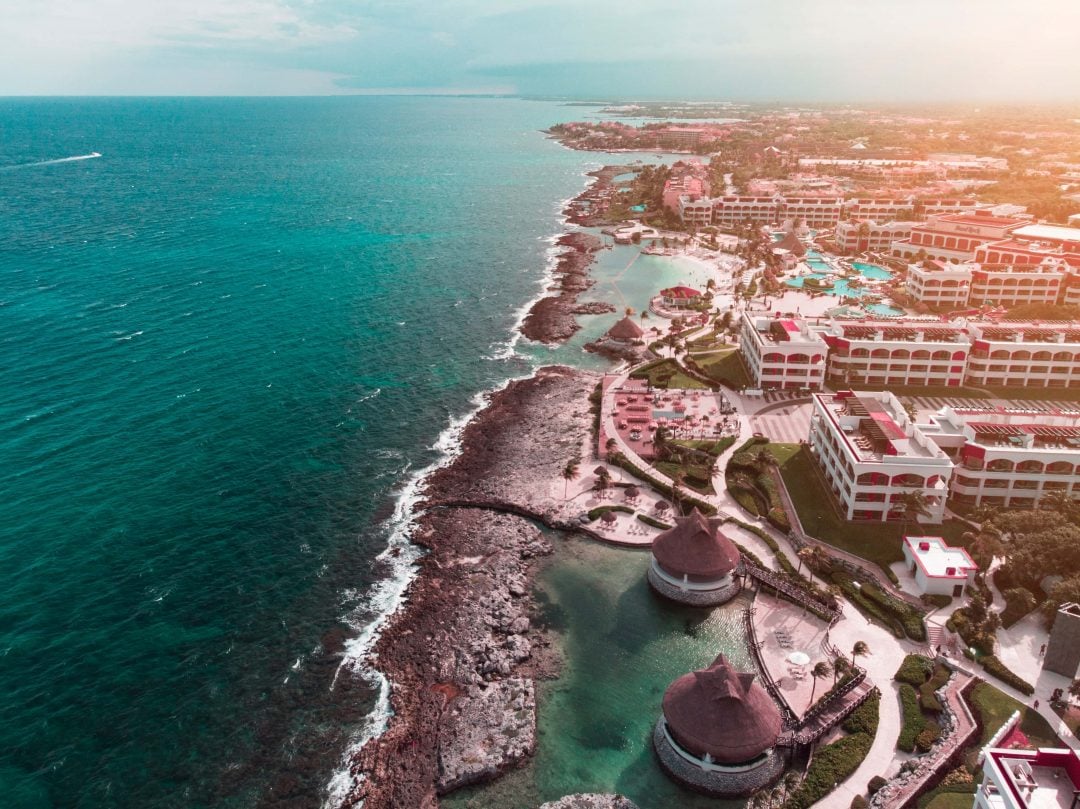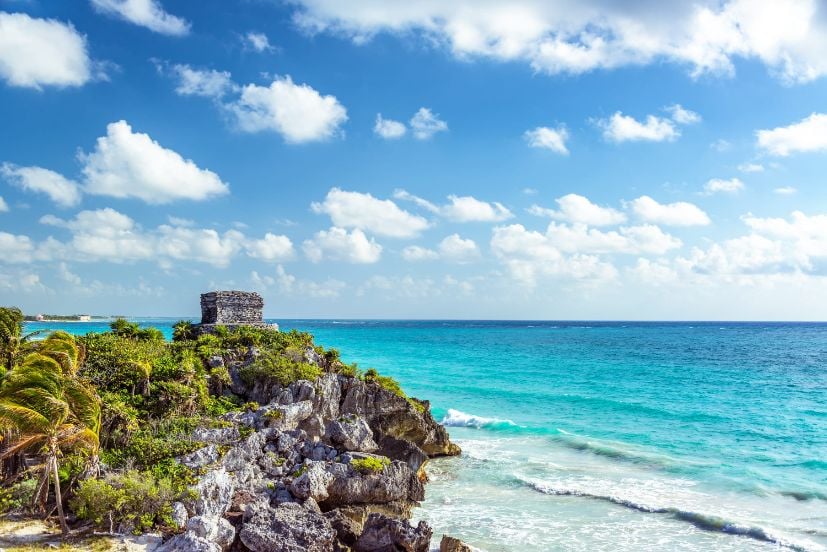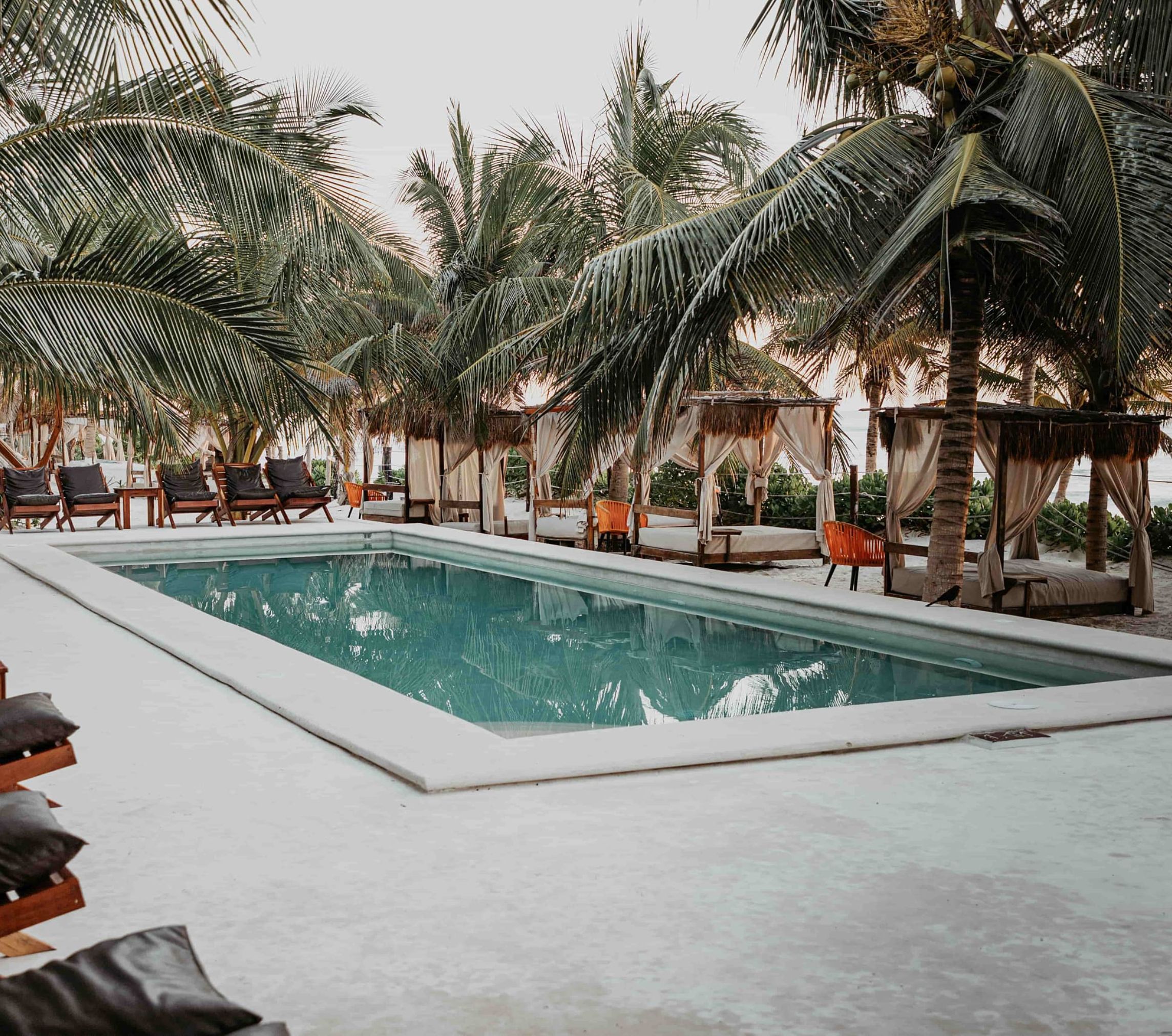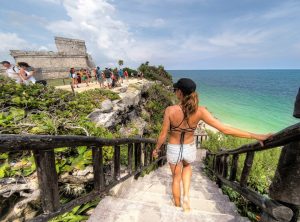Two years after COVID-19 took the world by storm, cities around the world are finally returning to normality. Businesses have reopened, restaurants and bars are packed, tourism is on the rise, and New York City is back in a big way. As the Big Apple regains its title as the city that never sleeps, we’ve rounded up the best things to do in post-pandemic NYC.
From iconic landmarks, cultural sites, and happening rooftops, feel the electric atmosphere buzzing through the city and discover a whole new way to experience the best of New York City.

Join a community of like-minded people who live, work, and explore on their terms at Selina Chelsea NYC!
When is the best time to visit NYC?
One of the best cities in the world, there’s no wrong time to visit New York City. If you’re looking to get cozy on a winter break, New York is magical during the colder months with flurries of snow, twinkling Christmas lights, wood-burning fireplaces, and ice-skating rinks dotted around Manhattan. If you don’t mind the icy temperatures that can often get below freezing, bundle up, grab a hot chocolate to-go, take a peaceful stroll around Central Park, or walk down the avenues and admire the glittering lights that illuminate the streets.
If the winter chill isn’t for you, don’t worry, there are plenty of other epic times to visit New York throughout the year. Spring and summer draw in tourists around the world looking to take advantage of the warm weather and the best NYC activities on offer. Pop-up art exhibitions, food markets, and live music events are just some of the cool things to do in New York during the warmer seasons, and even if you want to take things at your own pace, a picnic and some people-watching in Bryant Park is equally as enjoyable. While summer in the city may sound appealing, be aware that temperatures can soar into the late 80s, making it just too hot to enjoy the outdoors, and you’ll soon find yourself searching for some strong AC!
If you’re looking for a middle ground, fall is a vibrant and beautiful time to take advantage of outdoor activities in NYC. With a crisp breeze in the air, areas of the city bursting with foliage in hues of red, orange, and yellow, and piping hot pumpkin spice lattes, it’s easy to fall in love with the city during this time. With temperatures falling between 60 and 70 degrees, it’s still rooftop season and the ideal weather for walking around the city and discovering new places.
What’s currently open in NYC during COVID?
New York City continues to bounce back from COVID, and the list of things to do during the pandemic have grown exponentially in the last six months. As many of the locals return to the city they left behind during the height of the pandemic, there is a newfound excitement in the air as everything starts to reopen. Get a birds-eye view of the city’s skyline from the Top of the Rock Observation Deck and choose from indoor and outdoor viewpoints, 70 floors above the Rockefeller Center, or if you’re lucky enough to grab tickets for the Statue of Liberty, climb 354 stairs to Lady Liberty’s crown and gaze out at New York City and beyond.
Looking for some culture? You’ll be delighted to know that all of the famous museums are open and Broadway shows are playing and welcoming audiences back to the theaters. So, if you’re eager to admire some art exhibitions, the Metropolitan Museum of Art is a must do in NYC, as is the American Museum of Natural History where you can find incredible collections of taxidermy animals, the world’s largest collection of dinosaur fossils, and a mesmerizing marine life hall. As for Broadway, popular productions including The Book of Mormon, Dear Evan Hansen, Hamilton, The Lion King, and Wicked are all playing and tickets are available online, and at the box office.
Other than Broadway shows and museums, attractions including the Empire State building, the Central Park Zoo, Grand Central Station, the New York Botanical Gardens, The Vessel at Hudson Yards, and The Brooklyn Bridge are just some of the must-see city highlights you can explore during COVID. Also, save some time to visit the 9/11 Memorial Plaza, a poignant place of remembrance and renewal, pay your respects to those who lost their lives during one of the most devastating events in New York City’s history.
Some of the best outdoor activities in NYC
One of the greatest parts about New York City is the abundance of leafy open spaces, urban parks, and colossal skyscrapers that provide a stunning backdrop for any outdoor activities in NYC. Plus, with so many free things to do in NYC, you don’t have to break the bank to soak up the atmosphere and experience the best of the Big Apple.
Take a walk through Central Park
Spanning 843-acres across Manhattan, Central Park is a must-visit urban landscape and one of the most beloved parks in the world. Discover the inspiring architecture and statues, including the Alice in Wonderland sculpture, the Shakespeare Garden, Bow Bridge, and Strawberry Fields, or stroll through the park and admire the beautiful surroundings and magnificent nature. If you need some respite from the hustle and bustle of the city, grab some wine and snacks and enjoy a relaxing picnic by the lake.
Walk the High Line
Sitting on Manhattan’s West Side, The High Line is an old train line restored into a public park and has become one of the popular activities in NYC. Brimming with lush greenery, wildflowers, outdoor art installations, and breathtaking skyline views, take a leisurely stroll down the 1.45-mile-long strip, check out the street art and performers, and grab a bite to eat from a local street vendor.

Explore Times Square
Tourists love it, locals loathe it, but you can’t visit Manhattan and not experience the lights, cameras, and action at Times Square. A hub of entertainment, gastronomy, retail, and Broadway Shows, check out the neon lights, billboards, and live webcams in one of the liveliest areas in the city. If you’re visiting around New Year’s Eve, brave the cold and join the crowds at the iconic ball drop at the top of One Times Square, it’s truly an unforgettable event.
Sign up for a New York City walking tour
New York is one of the best walking cities, and one of the most useful ways to see all the sights during your visit is by signing up for a walking tour. Led by local experts, walking tours are among the best things to do during covid outside, and not only do you get to experience the buzz of the streets, you also get to learn fascinating city facts along the way. The good news is that many walking tours are free, so you just need to find out where the meeting spot is, get acquainted with your guide, and it’s time to set off on foot. If it’s your first time in New York City, a walking tour is a great way to understand the NYC street grid system and how to get around so you can spend the rest of your trip exploring independently. Also – don’t forget to tip your guide as a customary thank you!
There’s truly a tour for everyone! History buffs can take a walk through time and marvel at the city’s classic architecture and historic districts. From Grand Central Station and the ancient streets of the financial district to St. Patrick’s Cathedral, listen to the experts explain the rich history of New York City.
If you’re looking to get cultural, head down to lower Manhattan and explore SoHo, Little Italy, and Chinatown on a walking tour. From a melting pot of people, ethnicities, food, architecture, and street art, soak up the neighborhood’s sights, smells, and sounds.
Nature lovers, there’s even a tour for you. Discover the magnificent landscapes in the green lung of NYC with a walking tour around Central Park. Check out the architecture, sculptures, and plants while the guides feed you tidbits of information about the park’s history. With extensive knowledge about the park, you’ll get to experience hidden spots and hideaways within the 843-acres.

Join a community of like-minded people who live, work, and explore on their terms at Selina Chelsea NYC!
Take an open-air bus tour of NYC
If walking isn’t your thing, an open-air bus tour of NYC might be the ideal way for you to discover the highlights of Manhattan. There are many open-air bus tours on offer at a range of price points, most of them with a hop-on/hop-off option, giving you the flexibility to explore the sites at your own pace without being caught up in a group tour. The bus companies will take you to all the best things that are open in NYC, and while you’re enjoying the ride, listen to interesting facts about the city along the way. Tickets for the open-air bus tours start around 40 USD and you can choose from a range of options to suit you.
Explore Downtown and board the tour bus at M&M World before taking in the neon lights at Times Square from the top deck. Drive down to the Empire State building ascend to the 86th or 102nd floor and take in breathtaking panoramic views of Manhattan’s skyline. Continue to the Flatiron District, Soho, and Chinatown and explore the trendy neighborhoods by foot before snapping some pictures on the Brooklyn Bridge. The tour continues onto Wall Street and Battery Park, where you can get a clear view of the Statue of Liberty.
If Uptown is more your style, hop on the bus at Times Square and hop off at the Metropolitan Museum of Art to admire some of the most impressive art collections and exhibitions in the world. The tour continues on to Central Park Zoo, a family favorite, before cruising around Columbus Circle. For night owls there’s also the option of the night tour when NYC reveals its true magnificence as the bright lights illuminate the streets and bring all the attractions to life. While many of the museums are closed, it’s a great way to experience the magic of Manhattan from outside.
The best outdoor & rooftop restaurants in NYC
Before the pandemic, outdoor and rooftop dining was a treat for the warmer months of the year, but with COVID restrictions, many of the restaurants in NYC began offering cozy, heated outdoor dining structures so you can visit your favorite restaurants while staying covid-safe. Here are a few of the restaurants that you simply can’t miss.
Time Out Market in Dumbo
Sandwiched between the Brooklyn and Manhattan bridges, choose from a range of delicious eateries at the Time Out Market New York. From fluffy pancakes at Clinton St. Baking Company, to al dente pasta dishes at the Felice Pasta Bar, and traditional New York bagels from Ess-a-Bagel, grab a bite of your choice and head up to the rooftop, listen to music by live bands, have a drink with friends, and soak up the buzzing atmosphere.
Cantina Rooftop
Modern Mexican Cantina is one of the few rooftop restaurants in NYC open year-round, and you won’t be disappointed by the mouthwatering flavors of their tacos, enchiladas, and several types of guacamole. If the weather forecast isn’t looking too good, don’t worry, Cantina Rooftop features a climate-controlled retractable glass rooftop, so you can stay dry while enjoying your meal. The colorful destination in Hell’s Kitchen draws in locals and visitors looking for a good time, great food, and fantastic margaritas, which you’ll be downing by the pitcher.
Zona de Cuba
One of the best rooftop restaurants in NYC, you’ll feel like you’ve jetted off to the Caribbean at Zona de Cuba’s palm tree-lined restaurant. Located in the Bronx and open for brunch and dinner, taste flavorful Caribbean dishes and fruity cocktails with the Manhattan skyline as your backdrop. The unique experience starts right as you walk in the elevator with lush, sophisticated decor. Make sure to book in advance; this spot fills up quickly.

The best outdoor & rooftop bars in NYC
In New York, nothing quite beats a spectacular skyline view while sipping on cocktails with a cool crowd. In winter, New Yorkers grab their hats and scarves, head to the rooftop, and sit by the outdoor fireplaces with a hot toddy in hand, while the summer attracts locals and tourists looking to sip rośe in the sun and gaze out at Manhattan from above. If you’re looking for rooftop bars in NYC, here’s where to go.
A.R.T Soho
Located on the rooftop of the Arlo Soho, take in sweeping views of the Hudson River and Freedom Tower at A.R.T Soho. With an excellent selection of craft beers and inventive cocktails, drink, relax, and socialize in the garden-like venue, as a melting-pot of people pack in to watch the gorgeous sunset and drink late into the night as Manhattan becomes illuminated with city lights.
The Greens
Located on Pier 17, enjoy a unique rooftop dining experience at The Greens. Fitted with cozy cabins and twinkling lights, you could almost mistake this New York hotspot for a wintery alpine village. With skyline views of lower Manhattan, satisfy your tastebuds with poutine, buttermilk fried chicken, truffle grilled cheese, and waffle sundaes, and choose from an extensive list of cocktails and other beverages as you take in the sights and socialize with friends. On a clear Manhattan evening, there’s few places that can rival The Greens.
Bar SixtyFive at the Rainbow Room (Rockefeller Center)
If you’re looking for something upscale and fancy, Bar SixtyFive at the Rainbow Room is one of the swankiest bars in Manhattan with one of the best views in the city. Located on the 65th floor, the experience is as elevated as the altitude. Choose from a range of vintage whiskeys and scotches, slurp down some oysters, and take in the panoramic views of Manhattan. This is one to splurge on.
More unusual things to do in New York City
Whether you’re visiting Manhattan for the first or 50th time, there are so many cool and unusual things to do in New York City that often go under the radar. If you have already explored all the main attractions and are looking for something without the hordes of tourists, we’ve got you covered.
Catacombs tour at St. Patrick’s Old Cathedral
The Basilica of St. Patrick’s Old Cathedral was completed in 1809 and remains as one of Nolita’s most unique landmarks. The candlelit catacombs tour is one of the city’s most spooky yet fascinating tours. Guides carry flashlights and a large set of keys, unlocking each door to reveal more of the cathedral’s history, while visitors are given little electric candles to take a closer look at the tombs. The story unfolds on the walls as projectors flash old photos and information about St. Patrick’s, and the guides are both enthusiastic and informative.
The Tenement Museum
The Tenement Museum presents the lives of immigrants after landing on Ellis Island and taking up residence on the Lower East Side. Located in a tenement on Orchard Street, the museum is made up of period exhibits and recordings of the people who lived there. Learn about the lives of three immigrant families, how they ended up in New York, and the perseverance it took to create a life for themselves.
Spyscape Museum
Think you have what it takes to become an international spy? Put your skills to the test at Spyscape. The interactive museum in Midtown presents real-life spy stories, artifacts, and technology. It challenges you in a series of decoding, surveillance, lie-detection programs, and even a laser tunnel where you’ll have to dodge laser beams! If you’re a James Bond fan, don’t miss the 007 exhibit where you can get up close with his actual Aston Martin DB5, investigate gadgets in Q’s lab, go behind the scenes on the set of Skyfall and get a sneak peek of on-set secrets.
Where to stay in NYC
With so many accommodation options it can be difficult to decide where to stay in NYC. It’s essential to consider the location, how close it is to the subway or other public transportation, and if most of the places you want to explore are within walking distance. If you’re looking for a cool hotel in a trendy neighborhood with beautiful rooms to suit every kind of travel budget, look no further than Selina Chelsea Hotel.
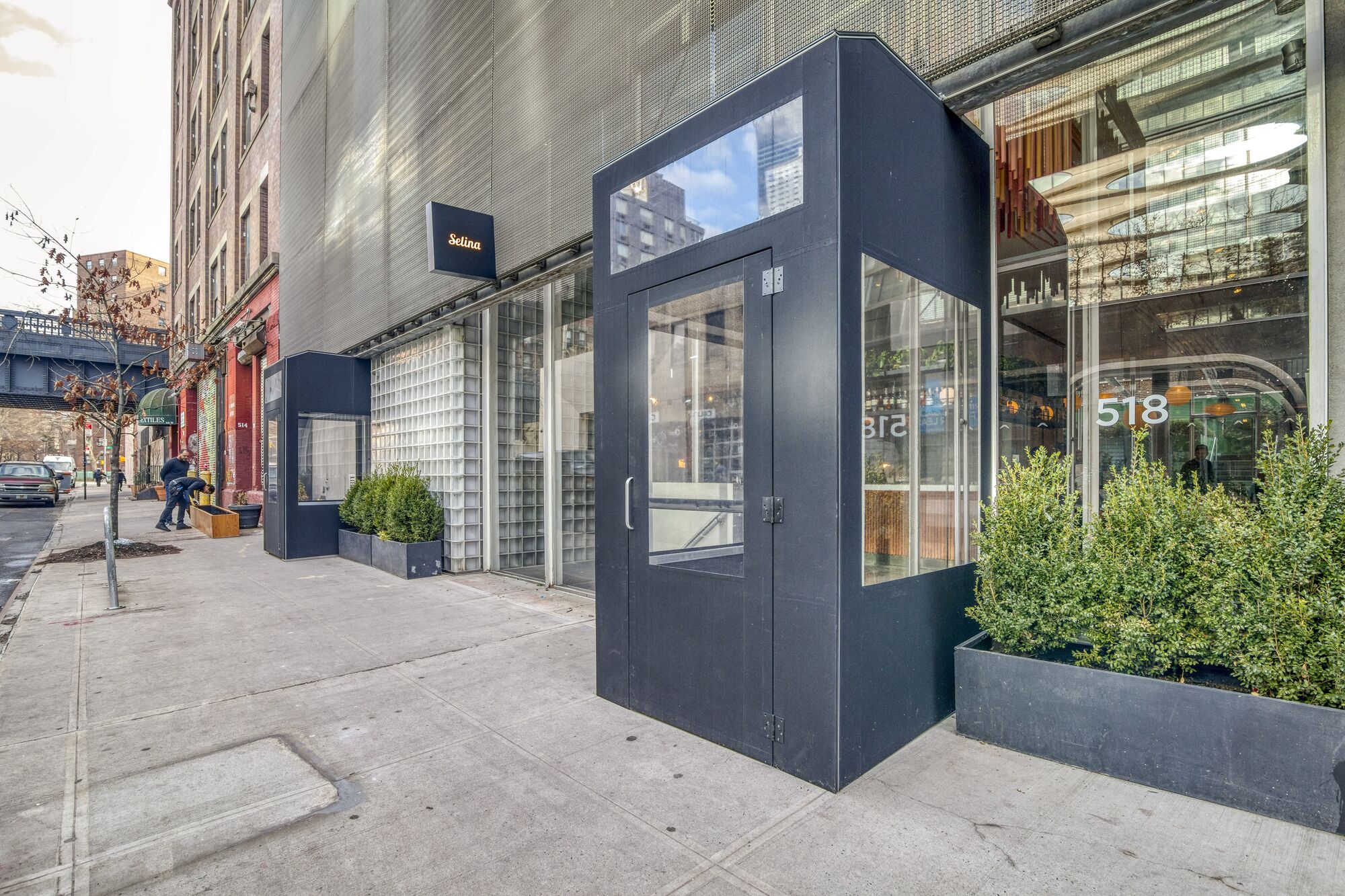
Stay in the thick of Manhattan’s art district and immerse yourself in the culture, hotspots, galleries, and nightlife, all within walking distance from our hotel. From standard rooms to spacious and aesthetic suites, there’s something to fit everyone’s needs, and with other amenities including a garden, a cafe, a HOWM restaurant, and a rooftop bar boasting panoramic views of Manhattan, unwind however you please after a long day of exploring the city.
If that wasn’t enough, we schedule regular social events, nightly programming, and a range of wellness classes so you can mingle with other guests and take a moment to exhale amidst the hustle and bustle of NYC. Traveling with a furry friend? Our hotel is completely pet-friendly so you can snuggle up in your room, go for walks in Central Park, and discover the best dog-friendly spots in Manhattan.
FAQs about NYC
Yes, Selina Hotel Chelsea, NYC is located on the west side of Midtown Manhattan.
Yes! We have private rooms to accommodate you and your pets for an additional $20 per night per pet.
Yes. Selina Chelsea, NYC, has a vibrant rooftop bar and restaurant with 360 views of Manhattan’s skyline.
Yes. Our Chelsea hotel has a range of wellness classes, including yoga, meditation, dance, and mindfulness.
Yes. Selina Chelsea NYC is part of our CoLive program, so you can enjoy an extended stay in Manhattan if you purchase a CoLive package. This will allow you to split your stay between three different locations within the same destination category, so you can remote work, travel, and seek new experiences around the world.
US citizens only need an ID to travel to New York, while the Visa Waiver Program allows tourists from the UK, Australia, and several other countries to enter the US for up to 3 months on a valid passport only. For information about other countries, please contact the relevant authorities.
The USA uses 120v supply voltage and two distinct plug types: Plug A has two flat parallel pins, while Plug B has two flat parallel pins plus a ground prong. You can use international appliances with an adapter; just make sure to check the voltage before plugging in!
Yes. Chelsea is Manhattan’s art district and is positioned at 14th street to the south, 34th street to the north, and 6th Avenue, making it the gateway to Midtown.
The majority of Manhattan neighborhoods are considered safe during the day, but if you would like to take extra precautions, neighborhoods including the Garments District, the Meatpacking District, Union Square, and the Theater District have higher crime rates.
The 7 safest neighborhoods are Soho, Noho, Tribeca, Chelsea, Greenwich Village, Flatiron District, and Battery Park.
Chelsea – The arts district is home to gorgeous landscapes, trendy art galleries, and vibrant rooftop bars.
Greenwich Village – With tree-lined streets, and aesthetic brownstones, the village is Manhattan’s boho neighborhood with quaint restaurants and cafes, parks, and galleries.
Tribeca, Soho, and Lower East Side – some of the coolest and most sought-after districts in Manhattan. These areas are primarily residential and home to some of NYC’s upscale and exclusive hotspots.
January, February, early March, and August are the cheapest times to visit New York regarding flight cost and accommodation.

Join a community of like-minded people who live, work, and explore on their terms at Selina Chelsea NYC!

